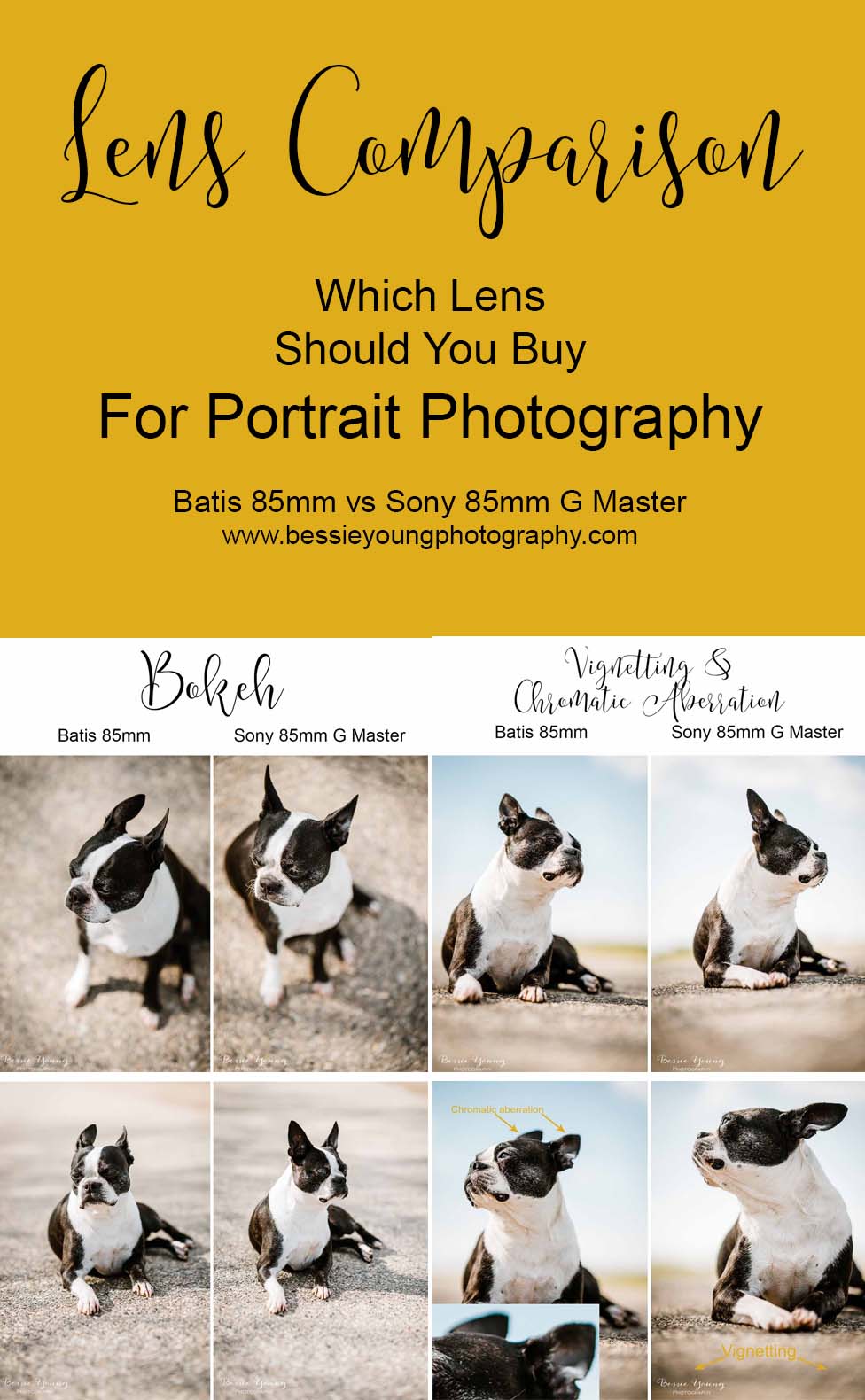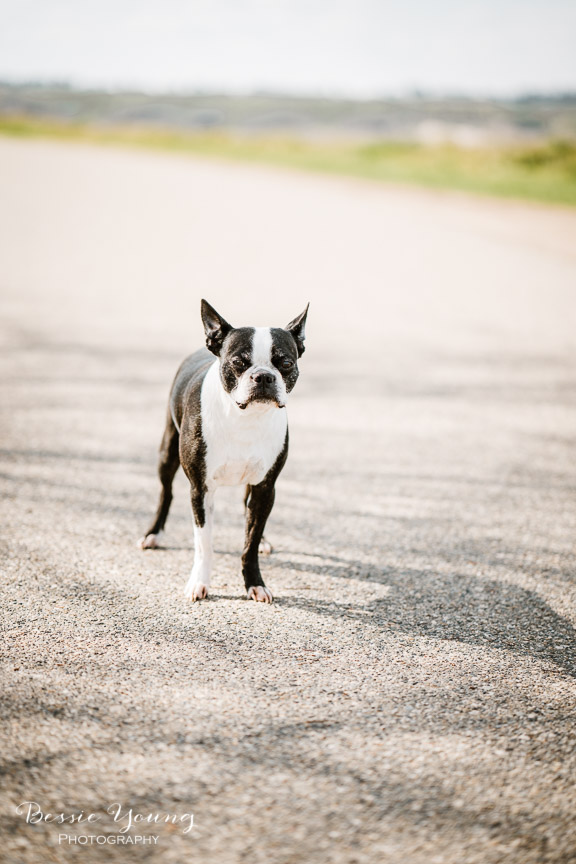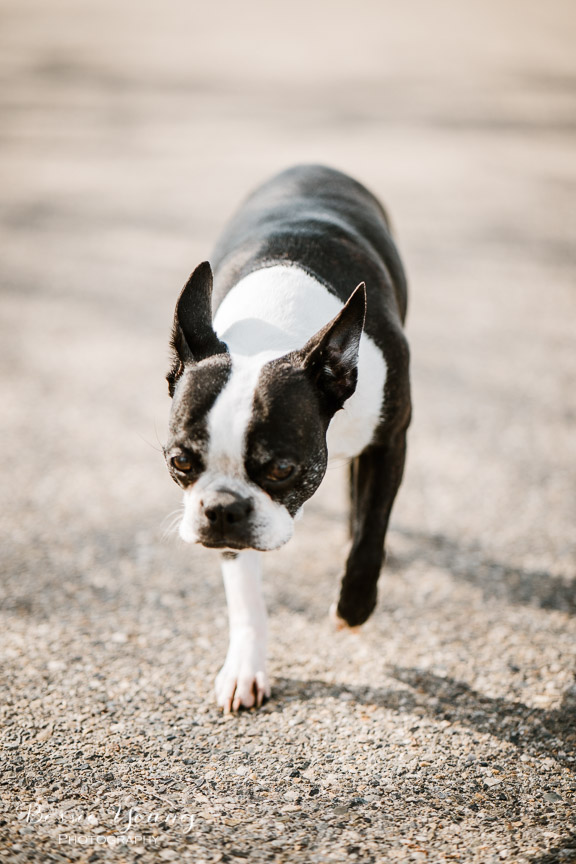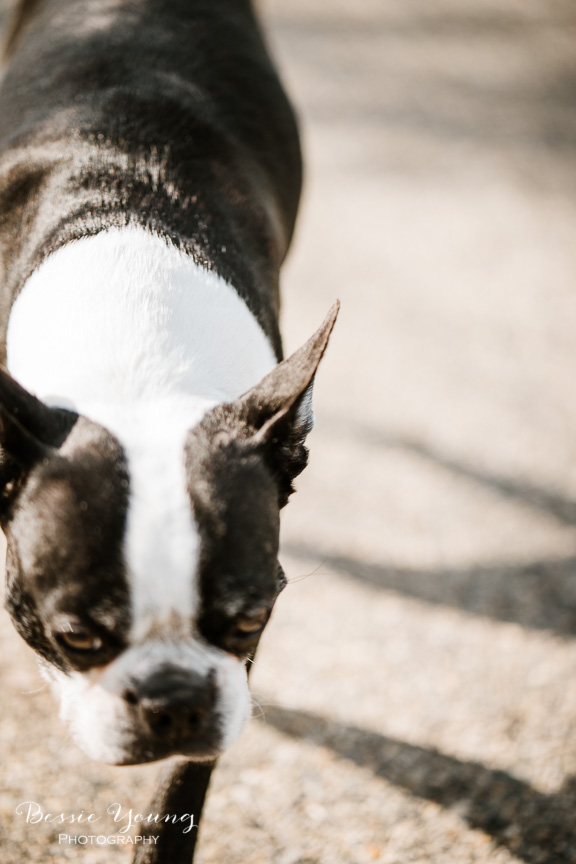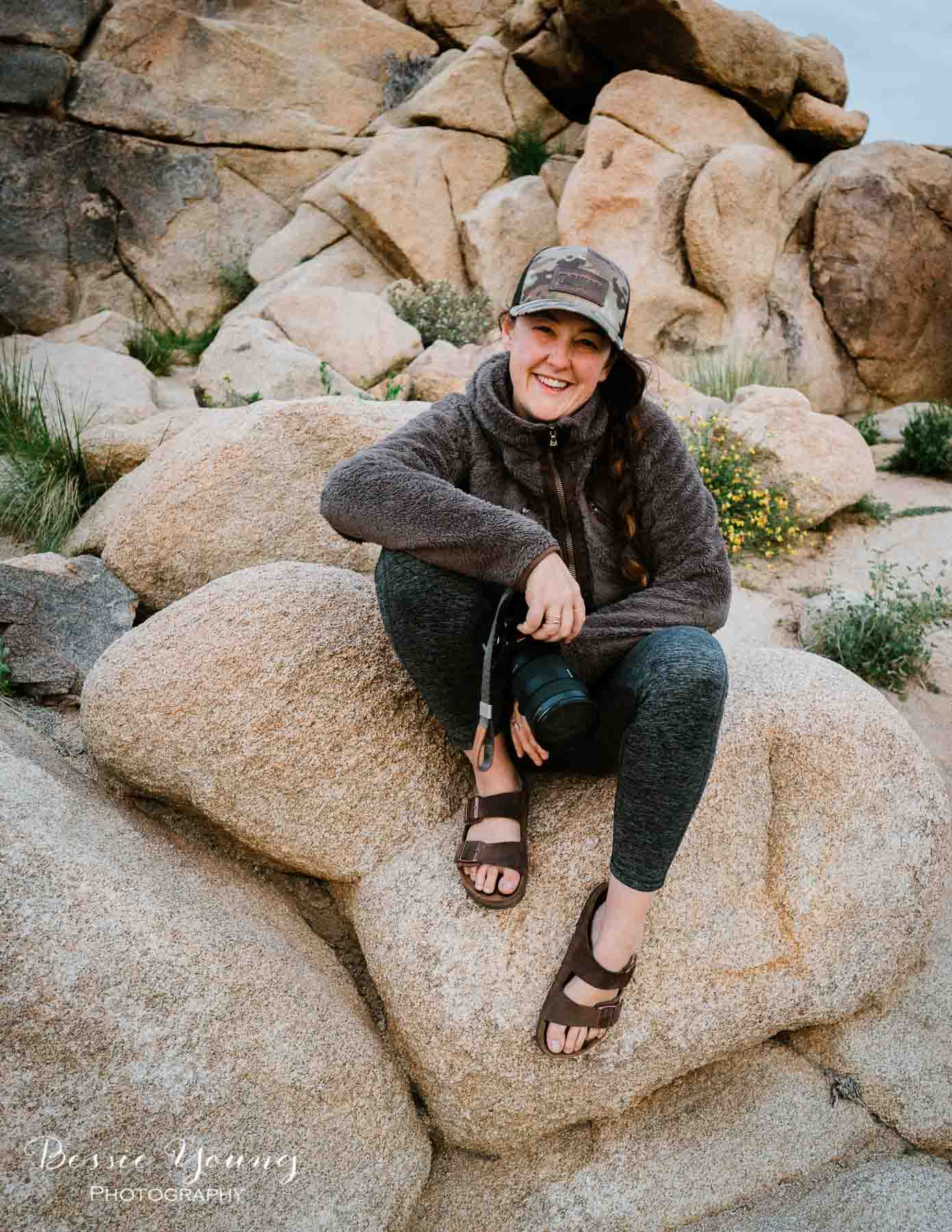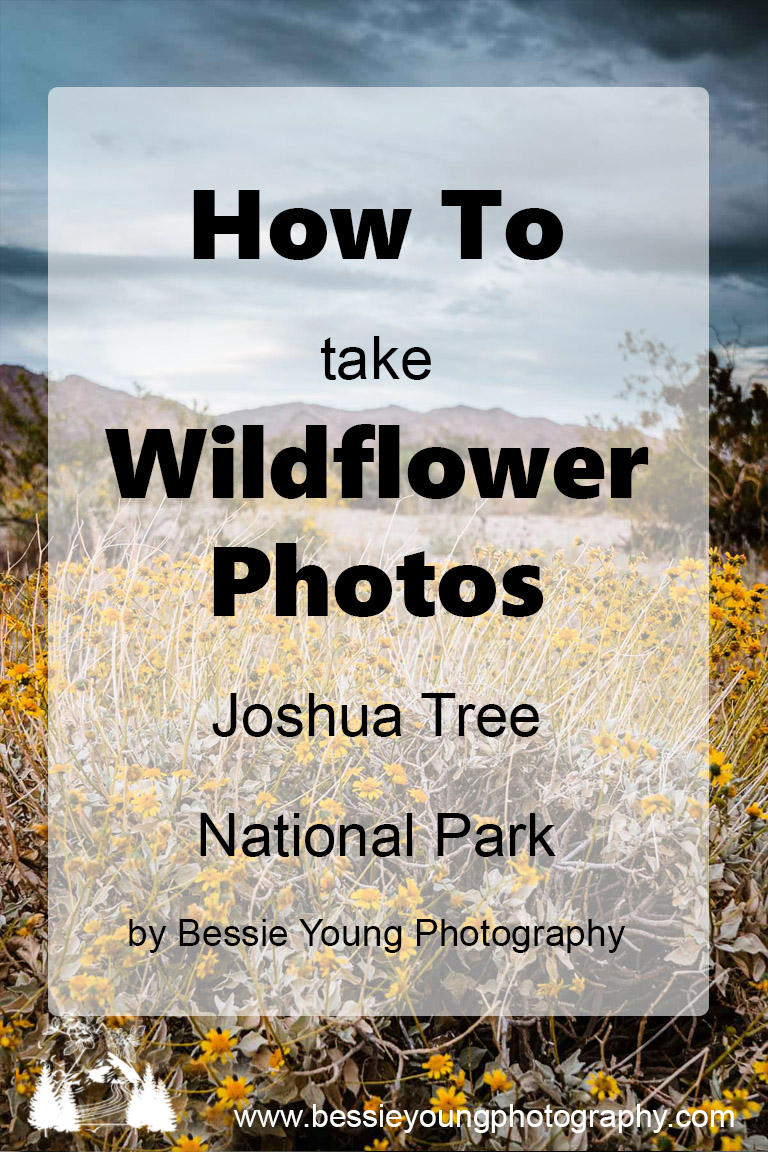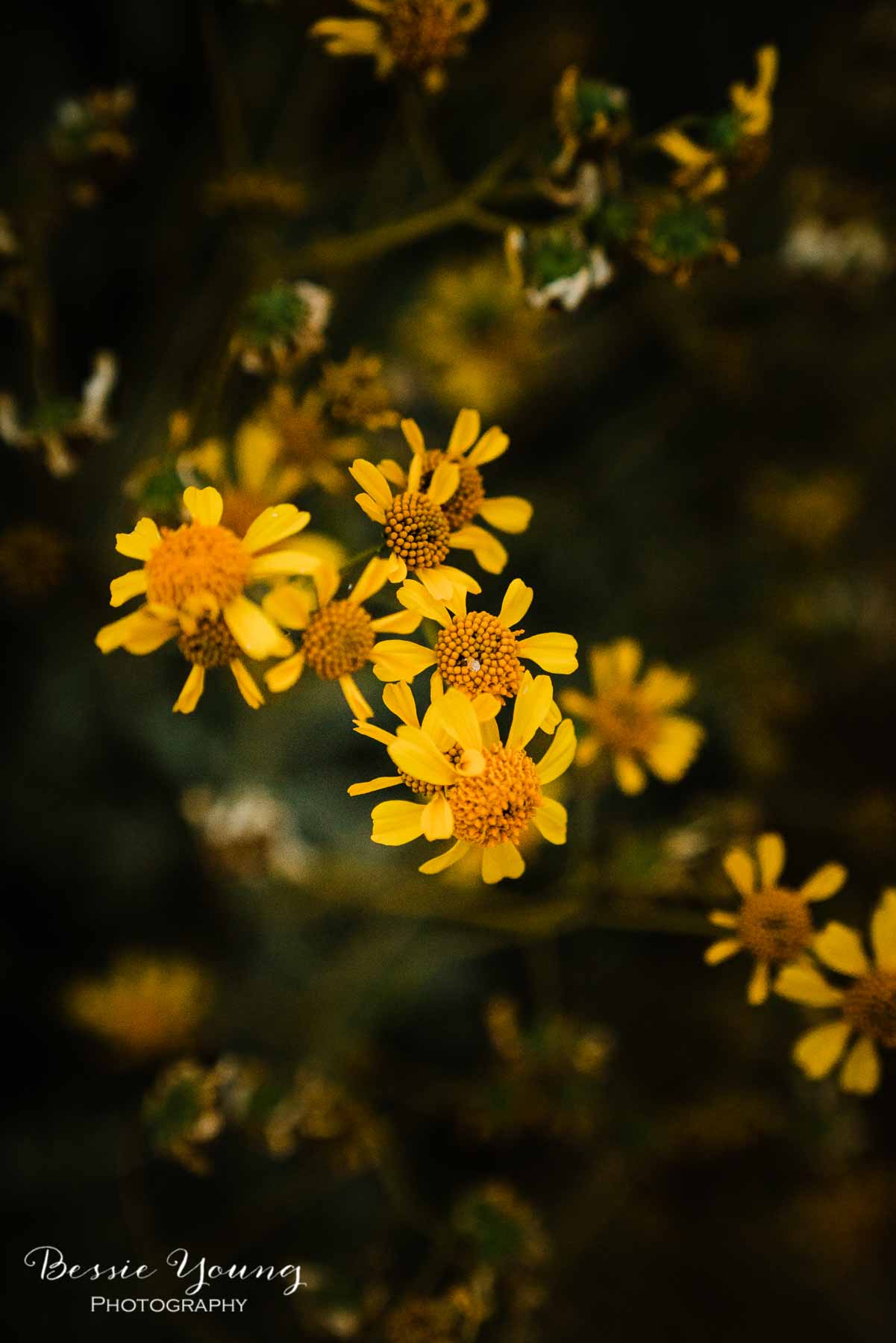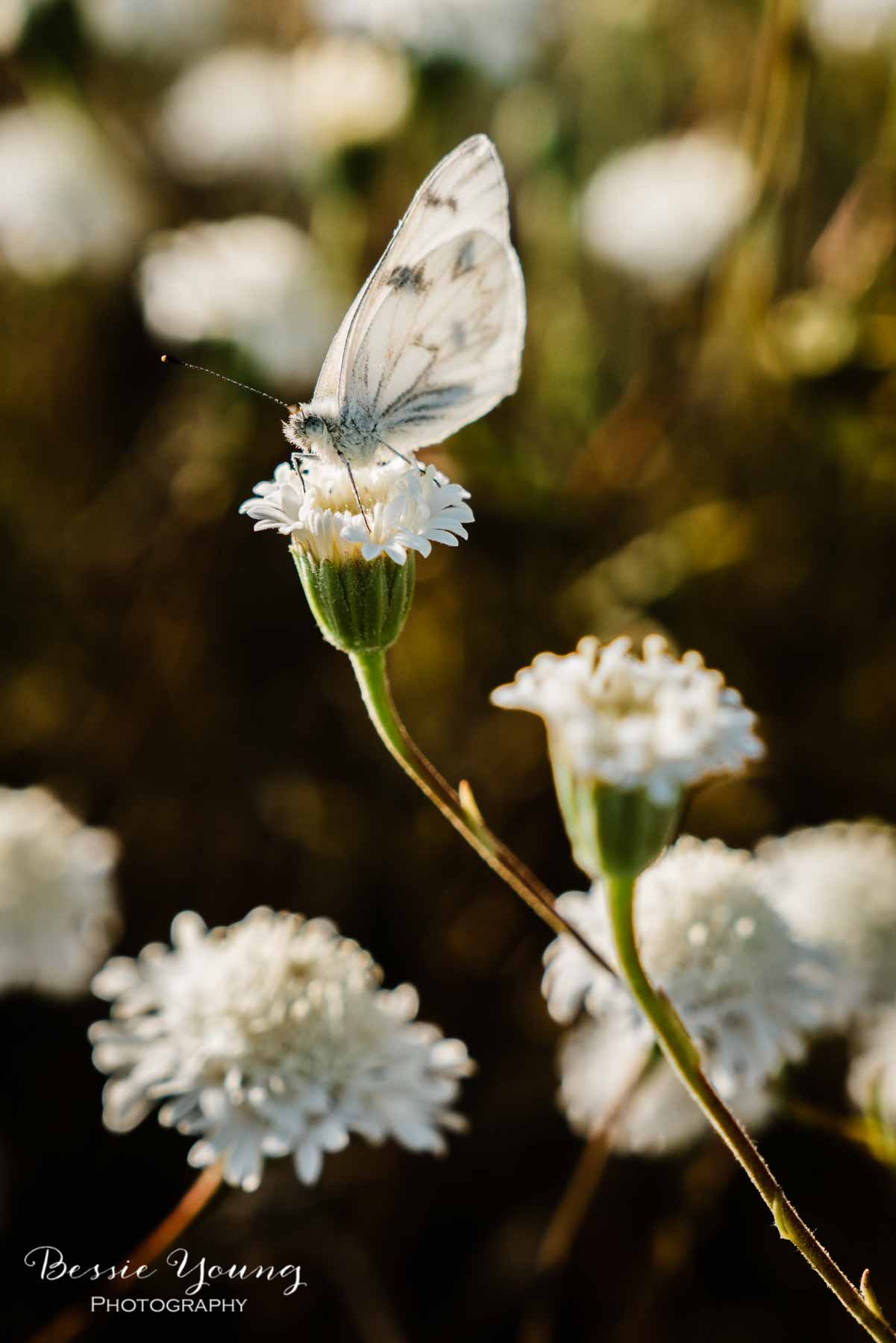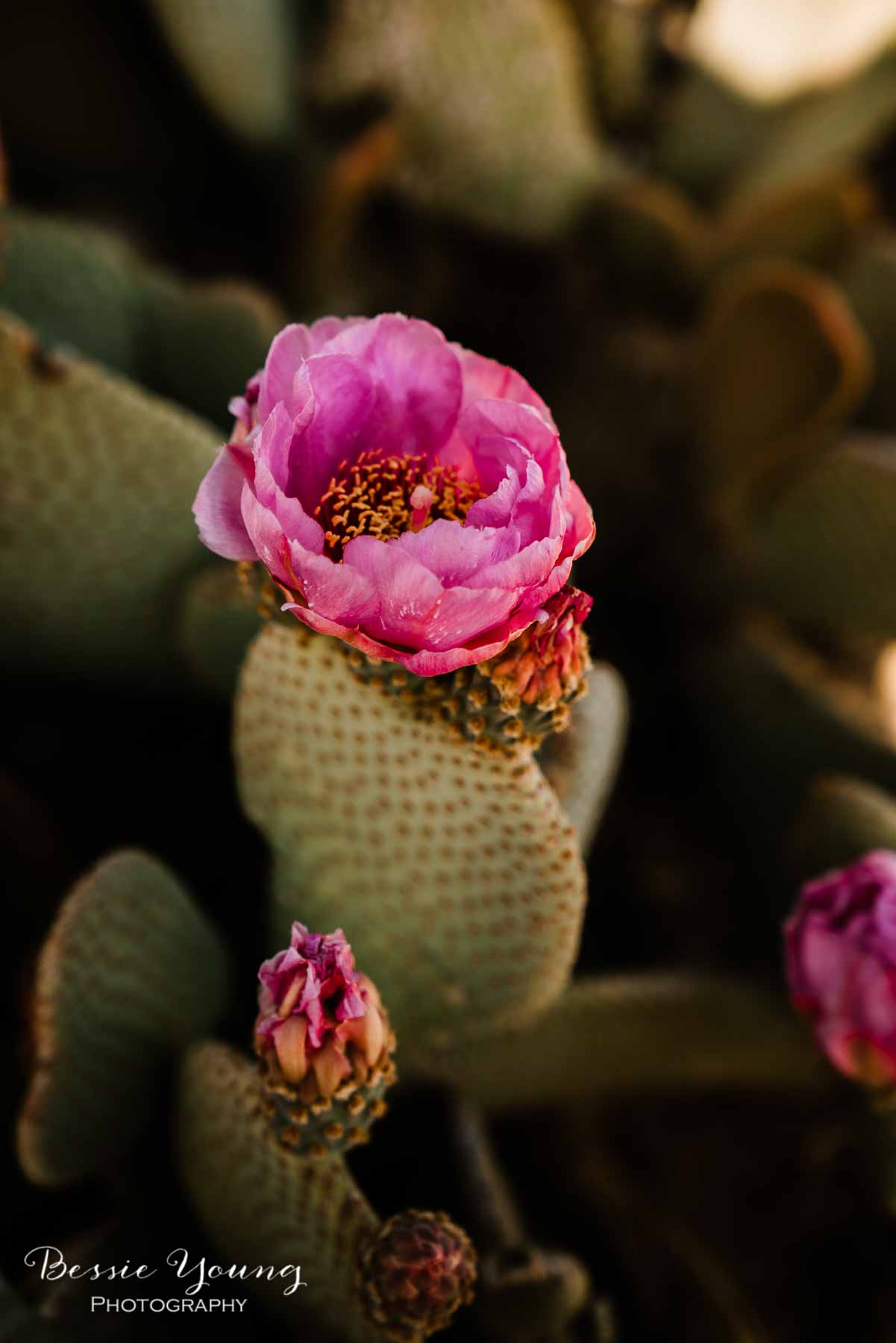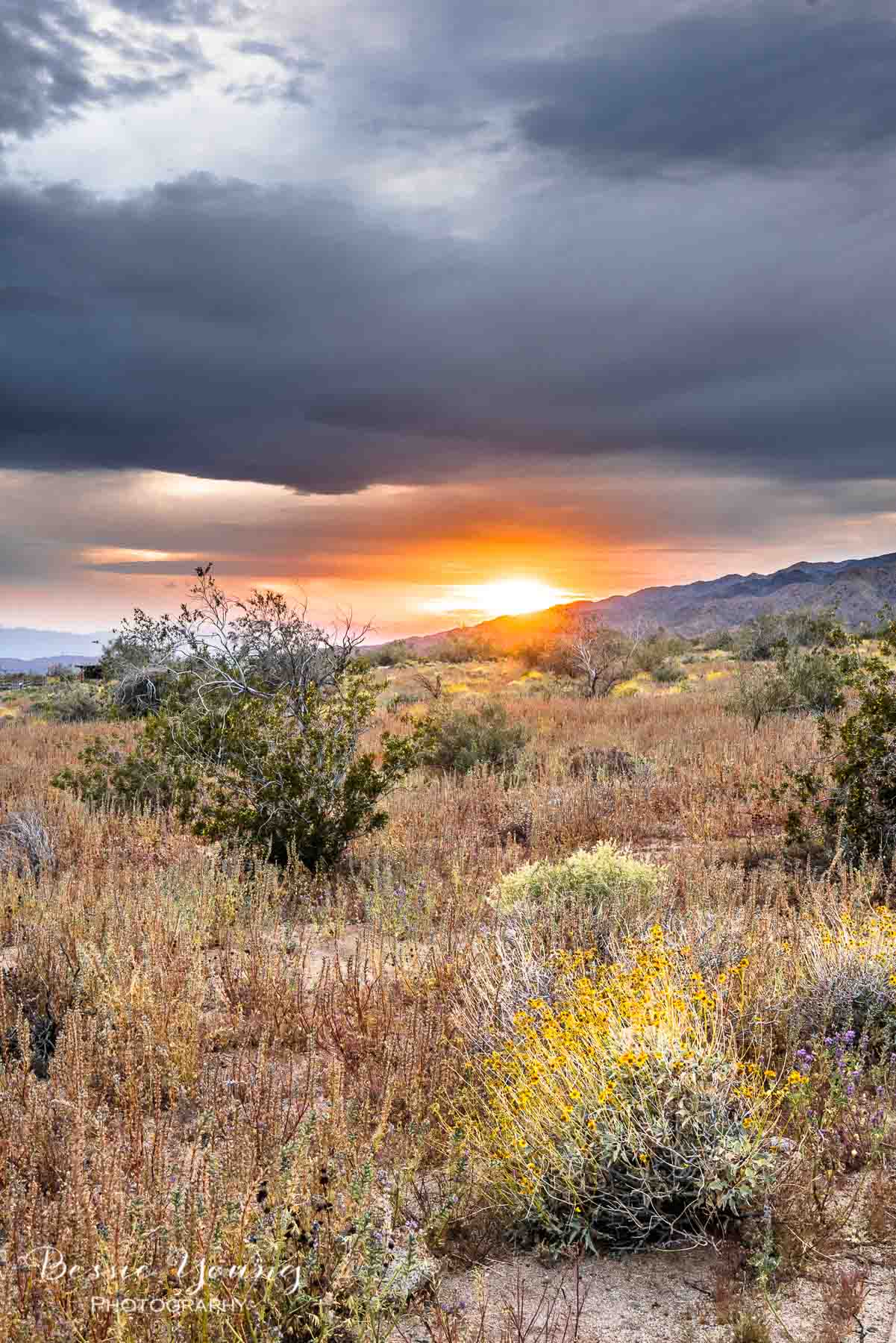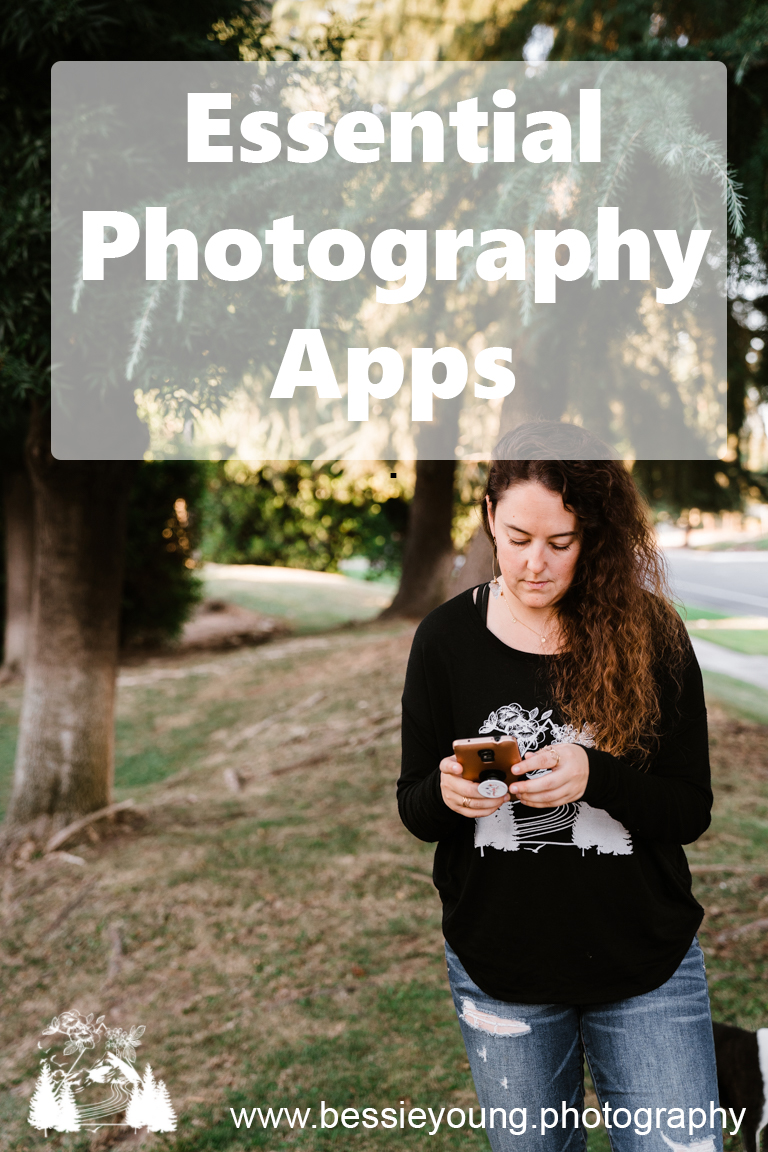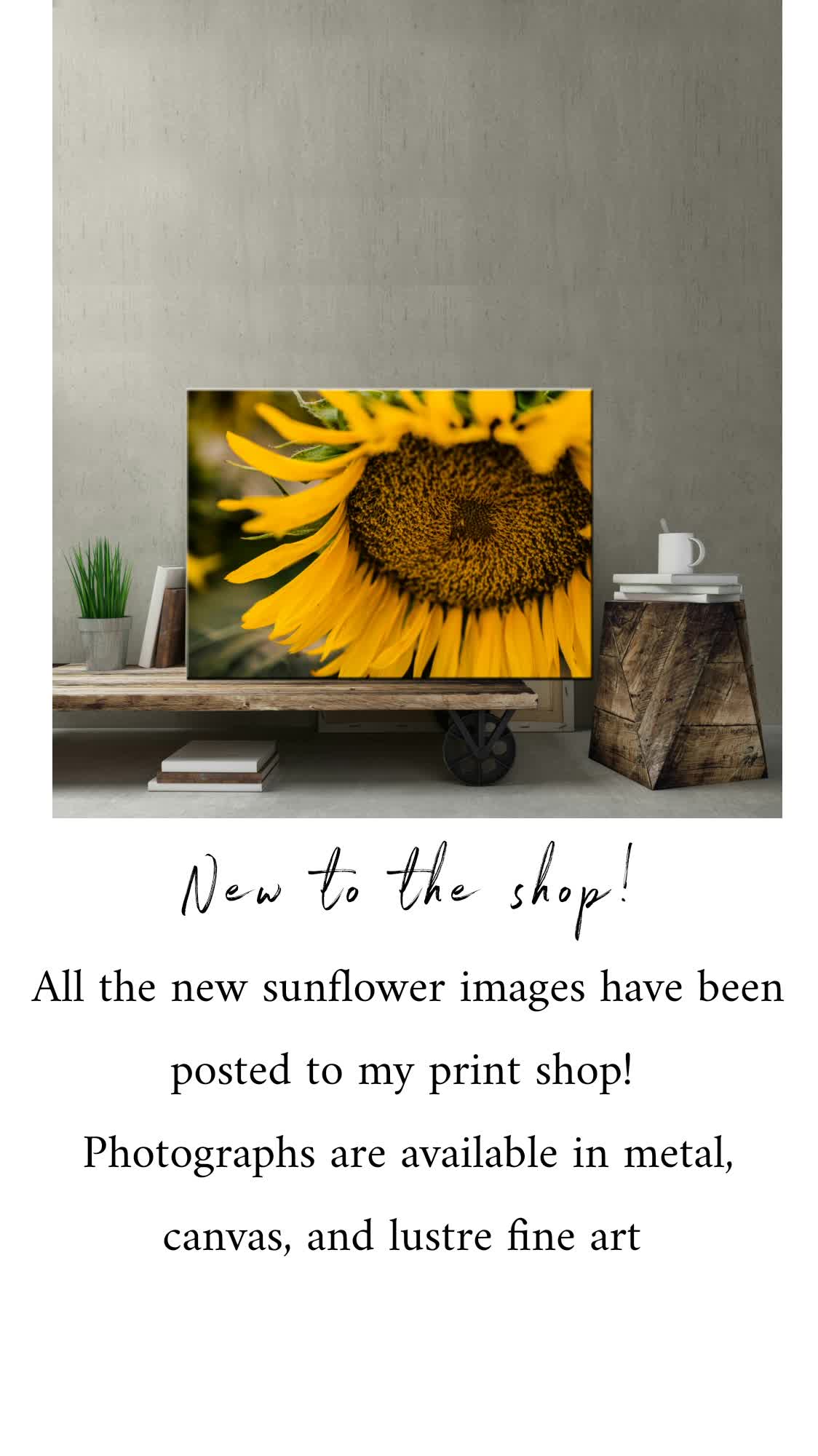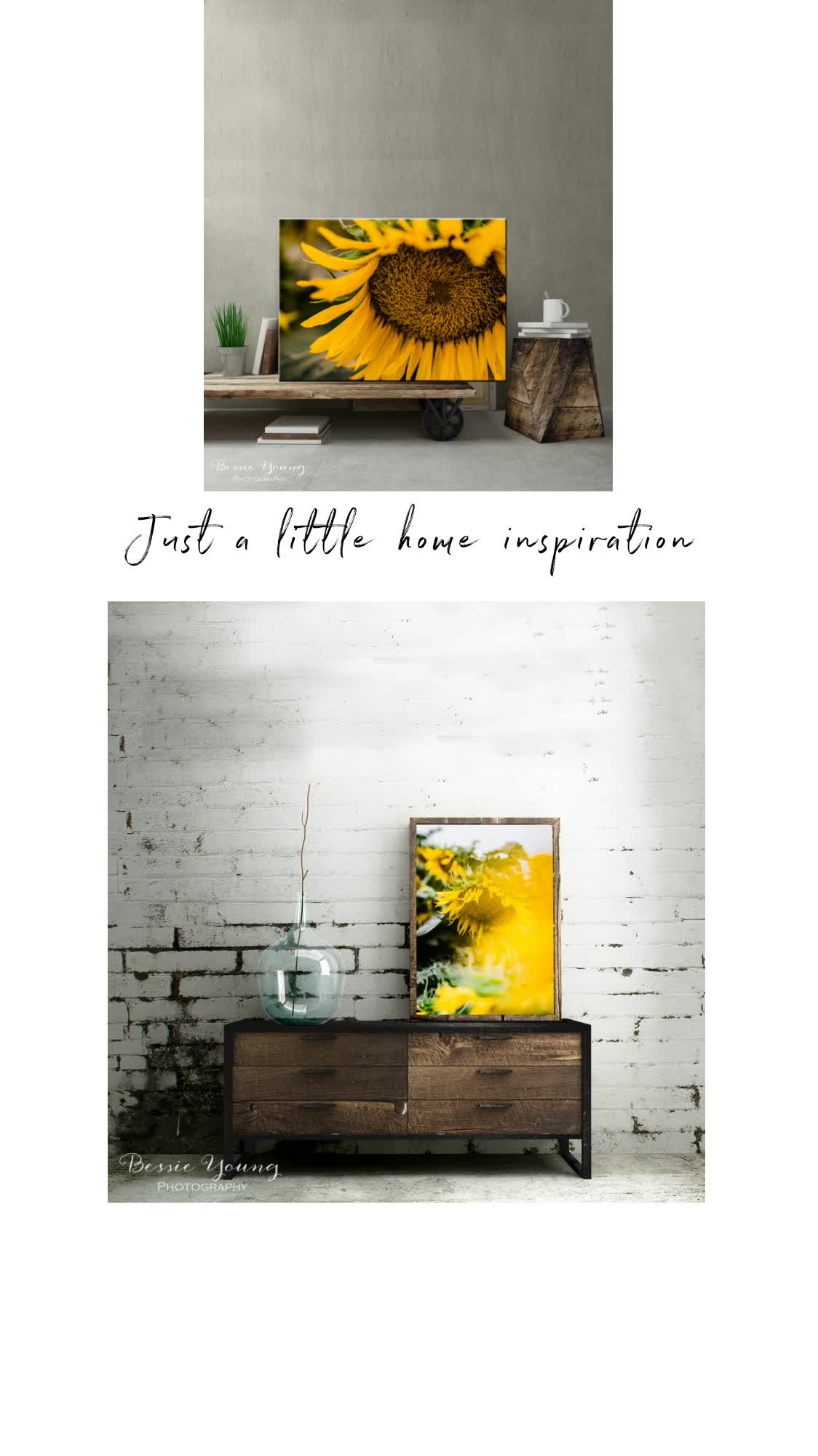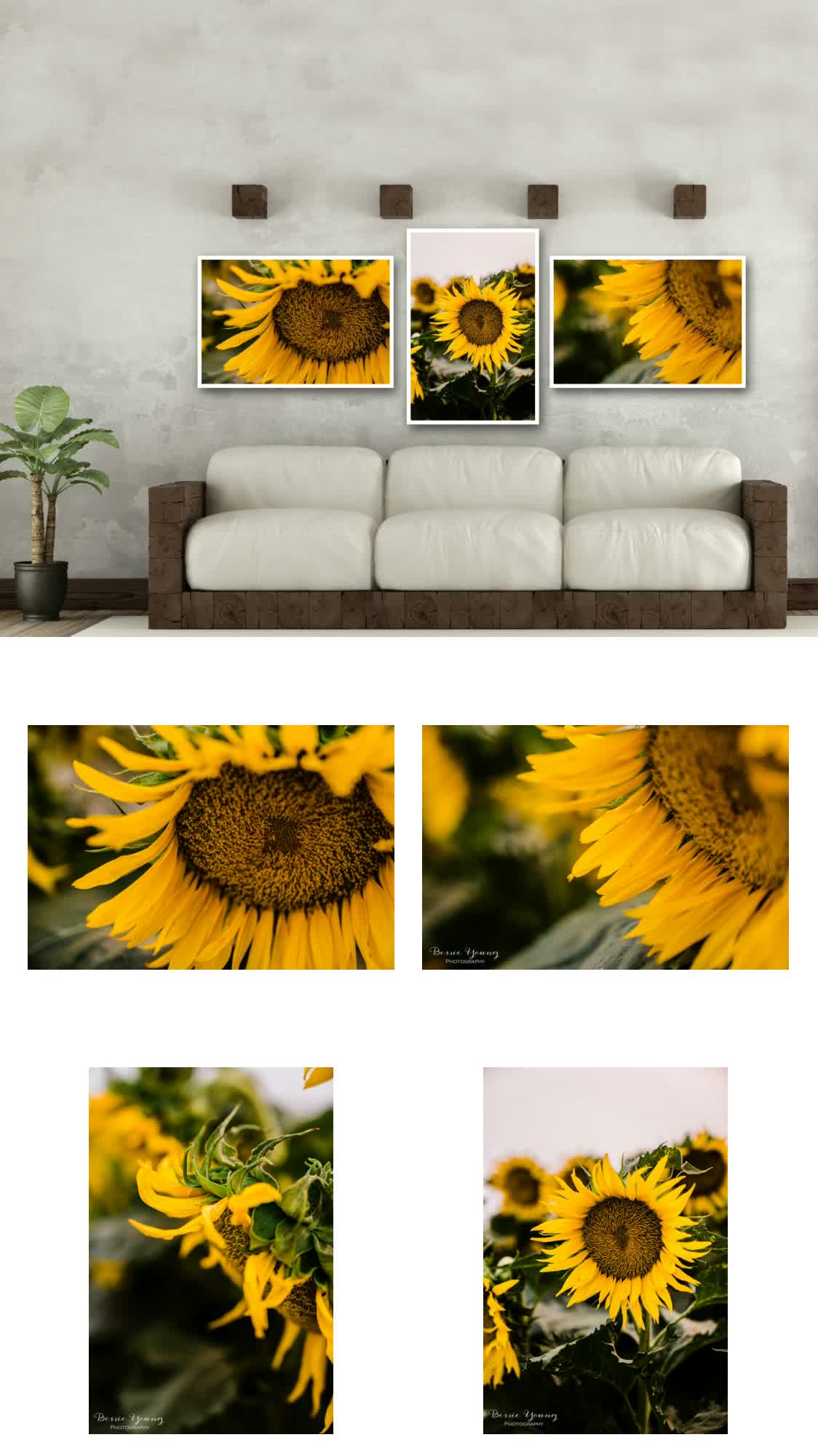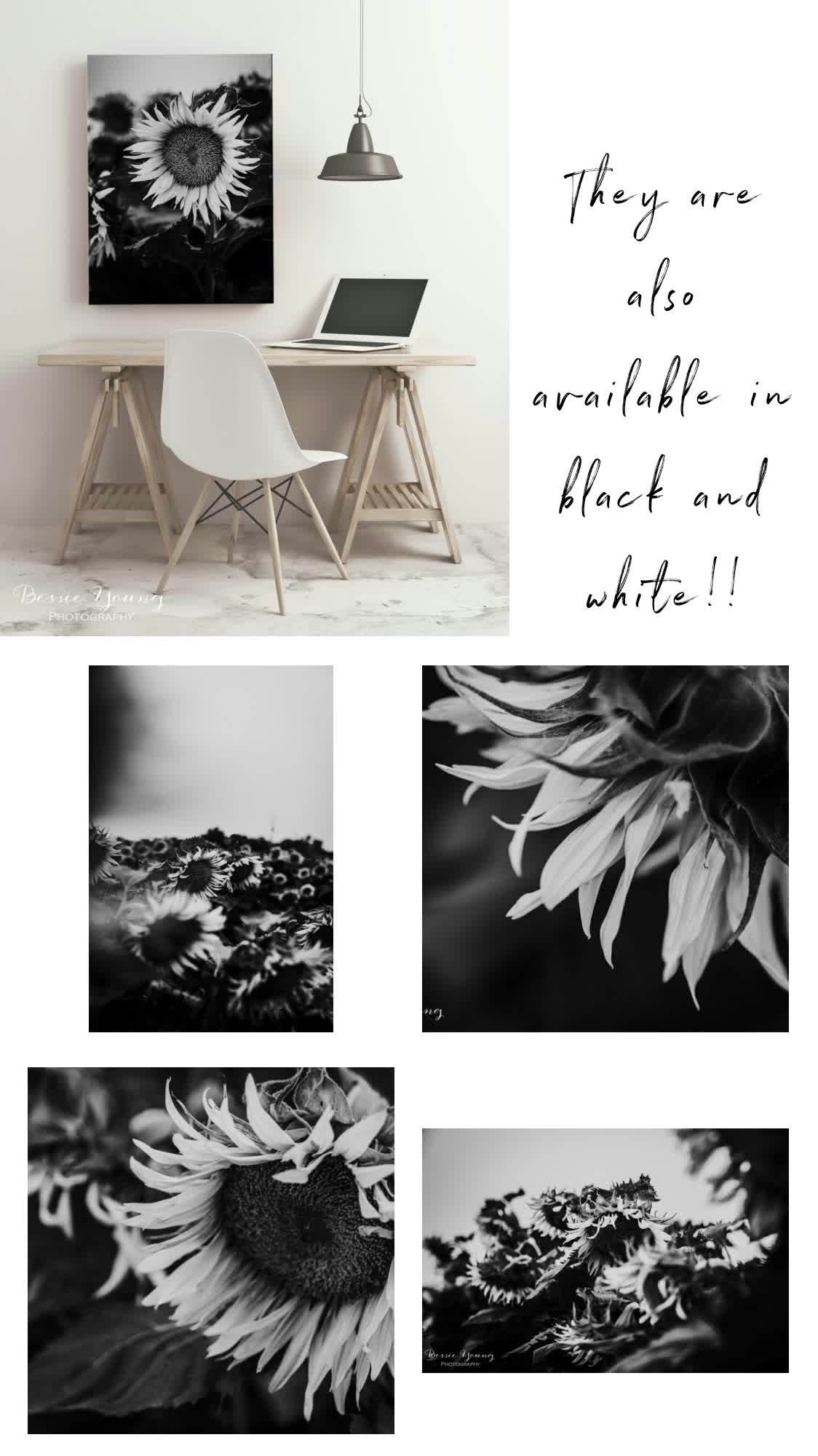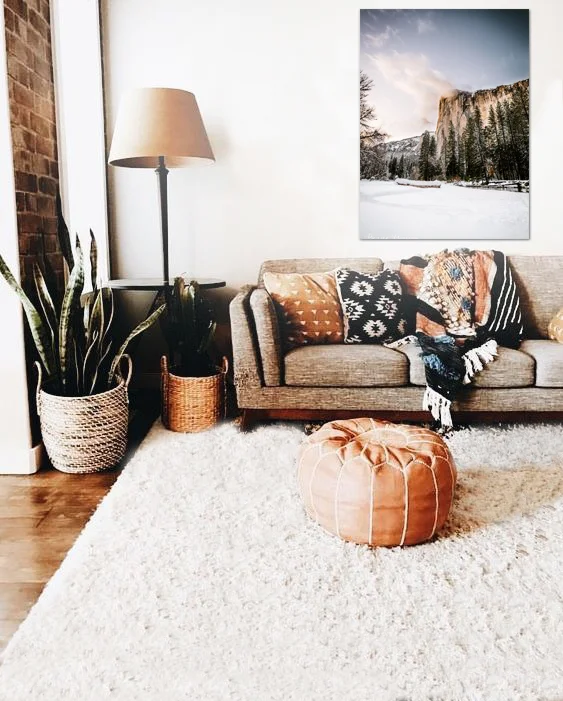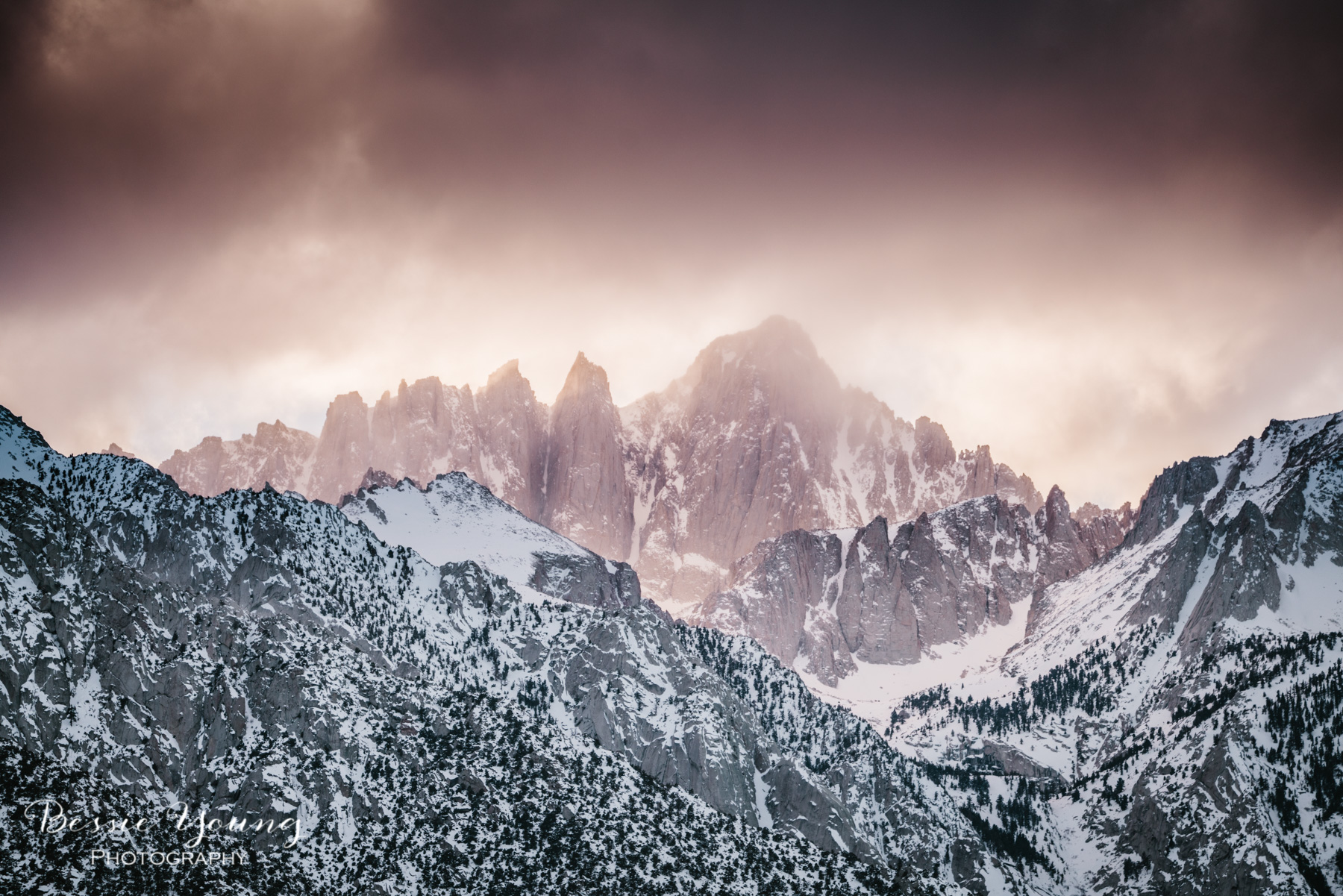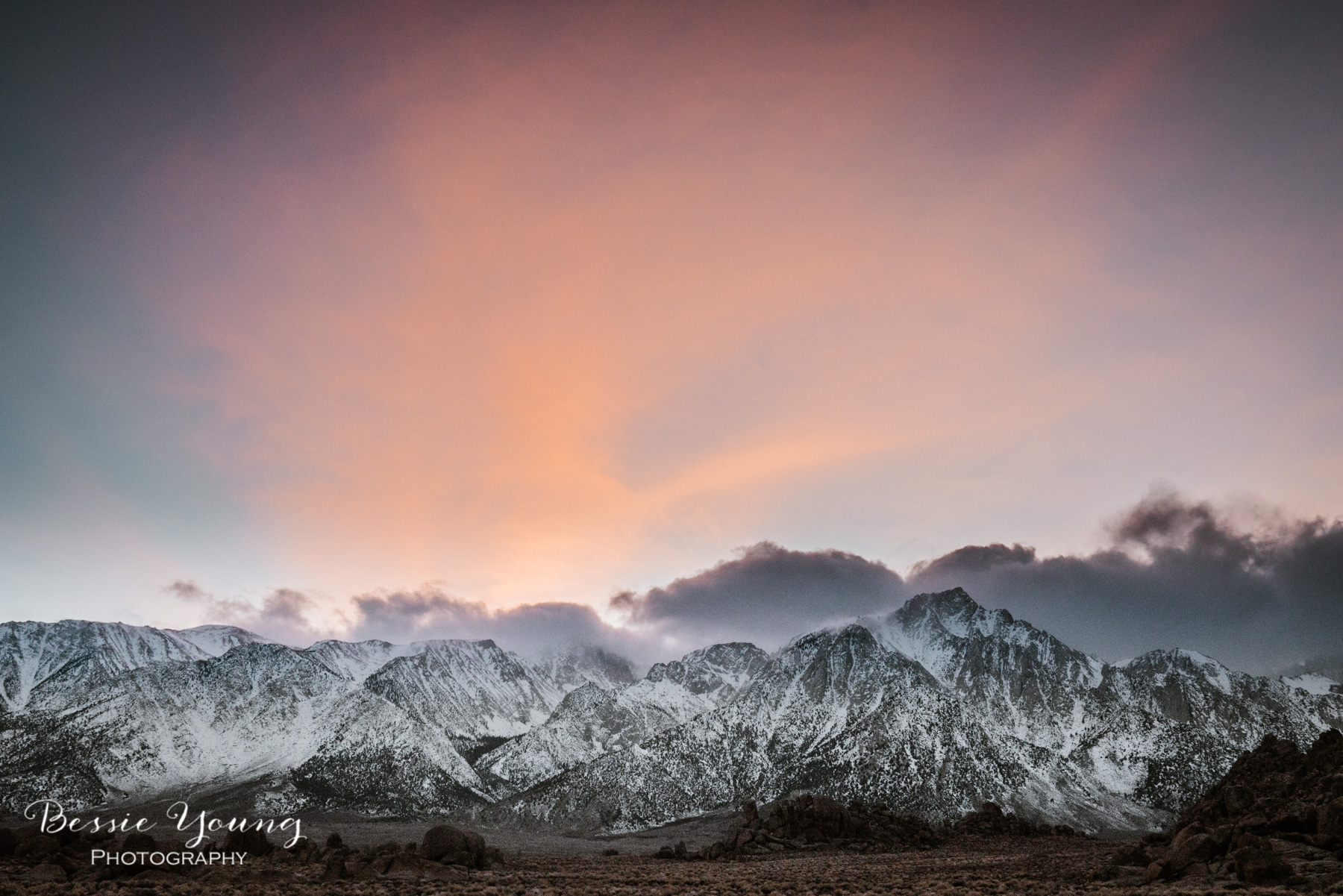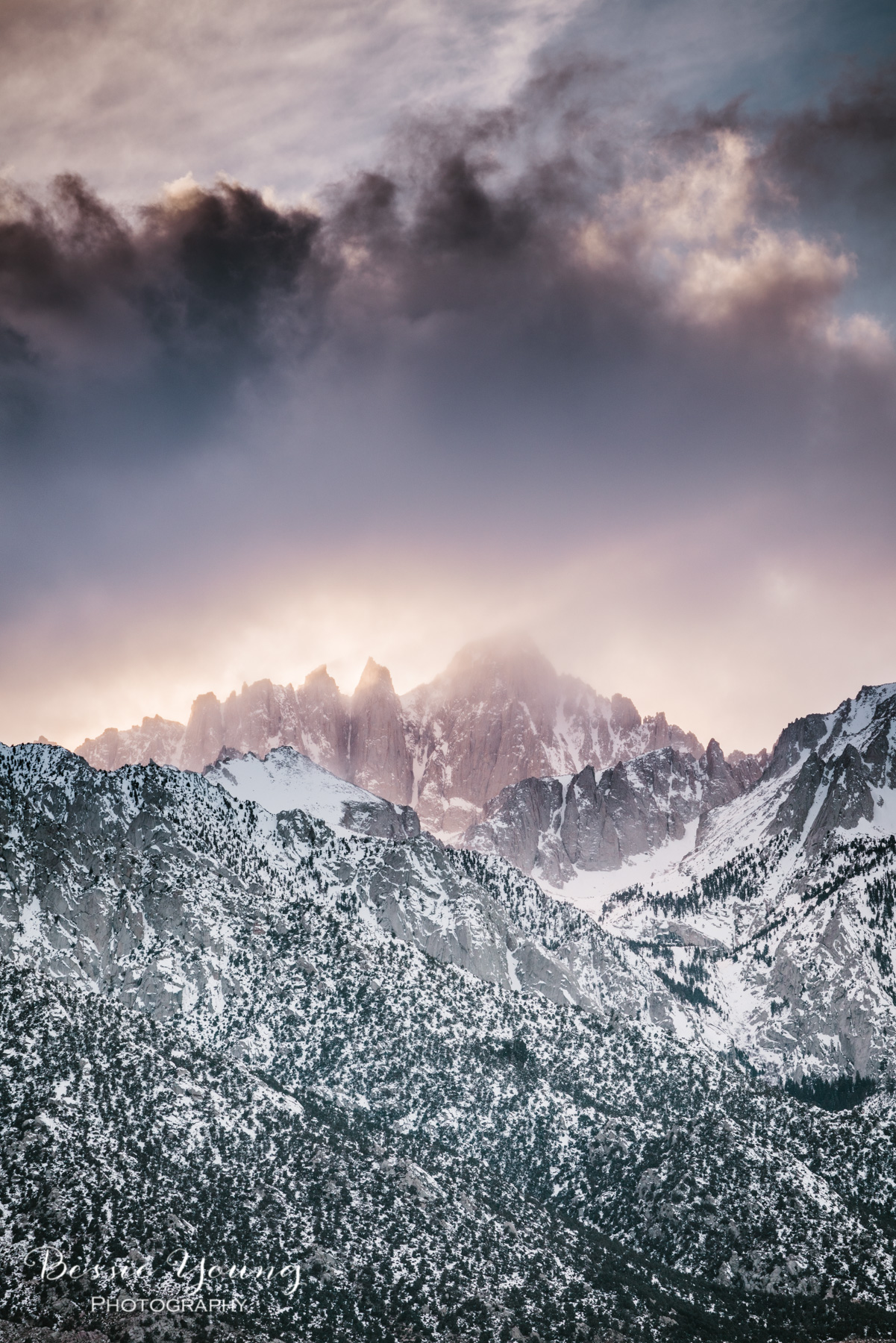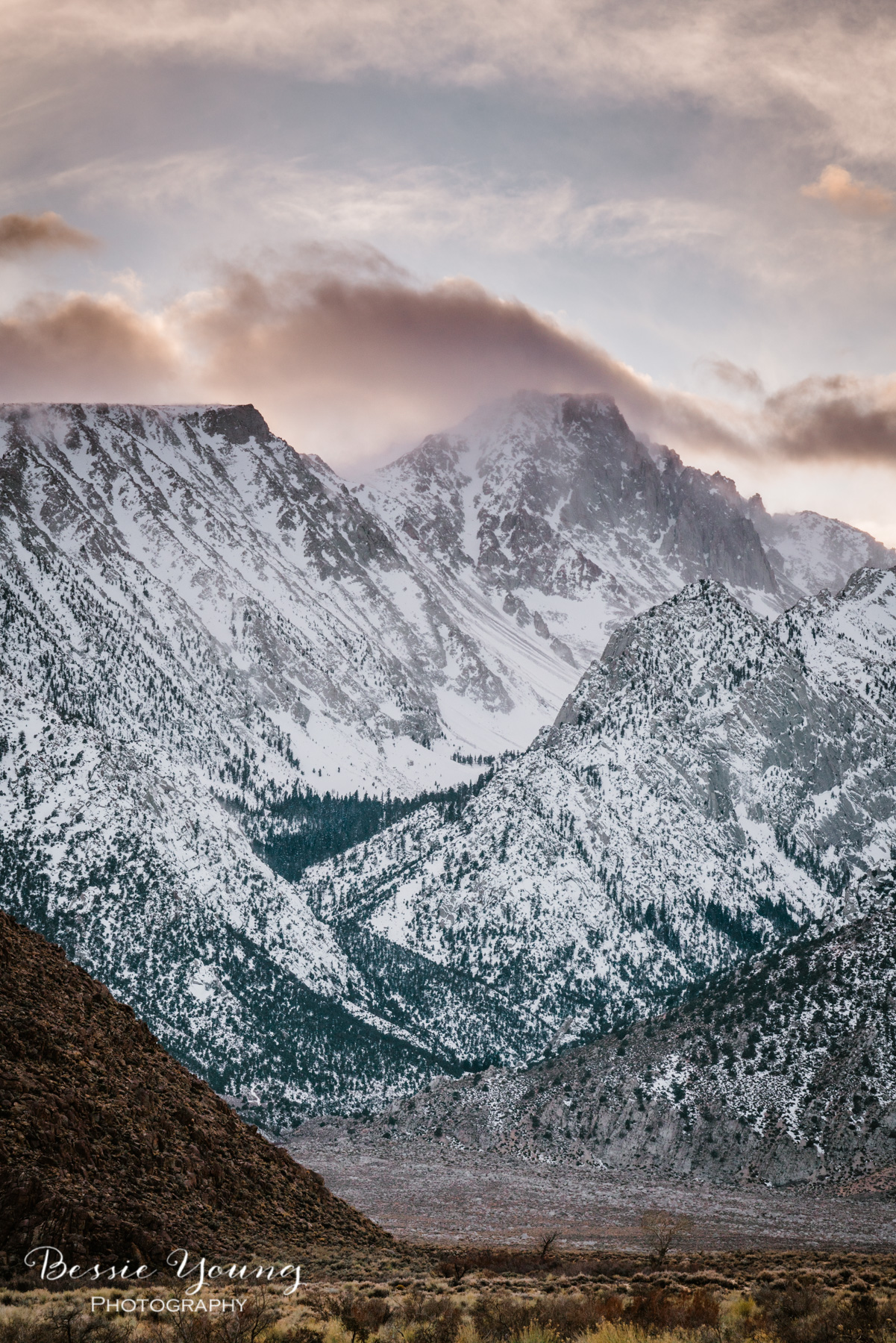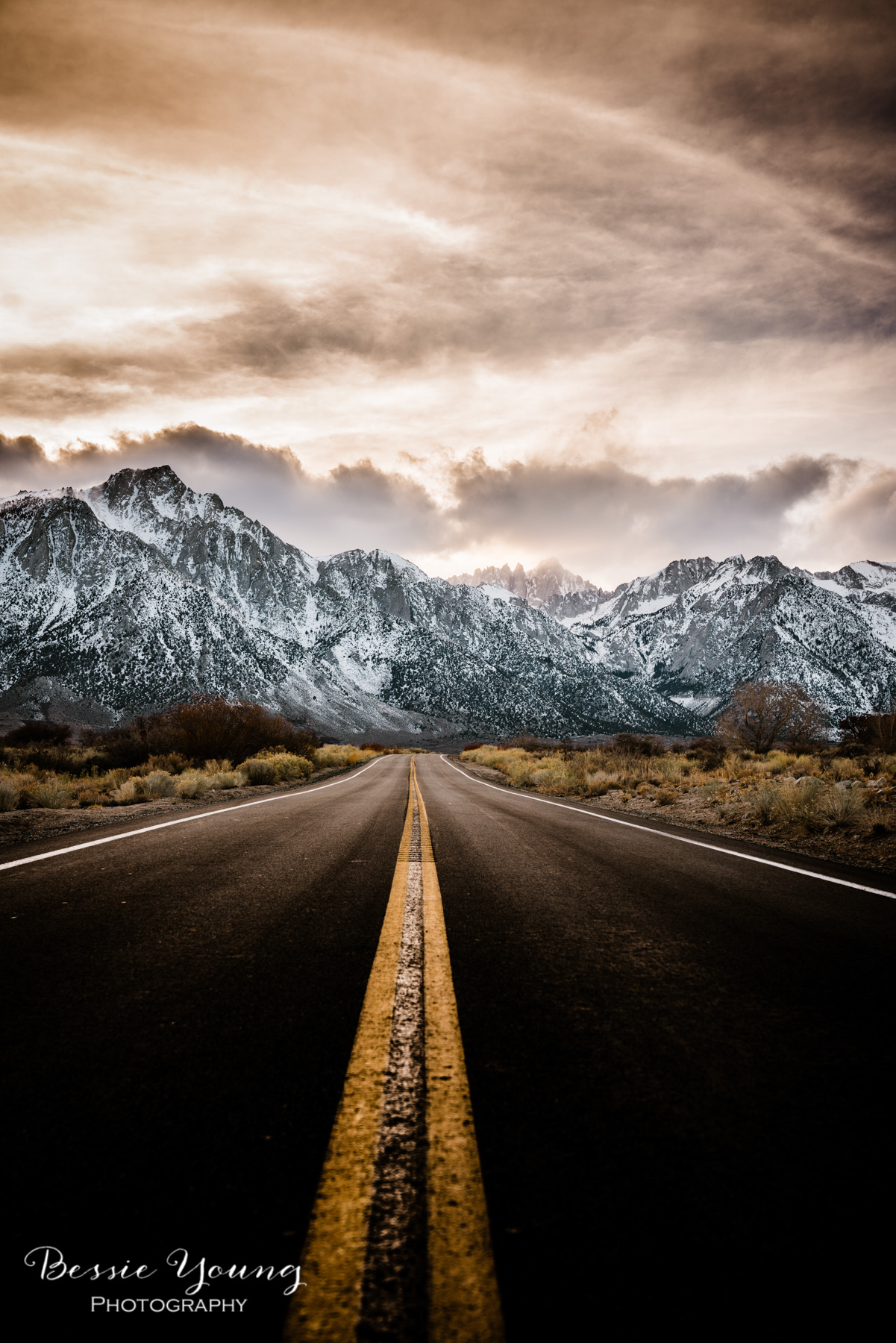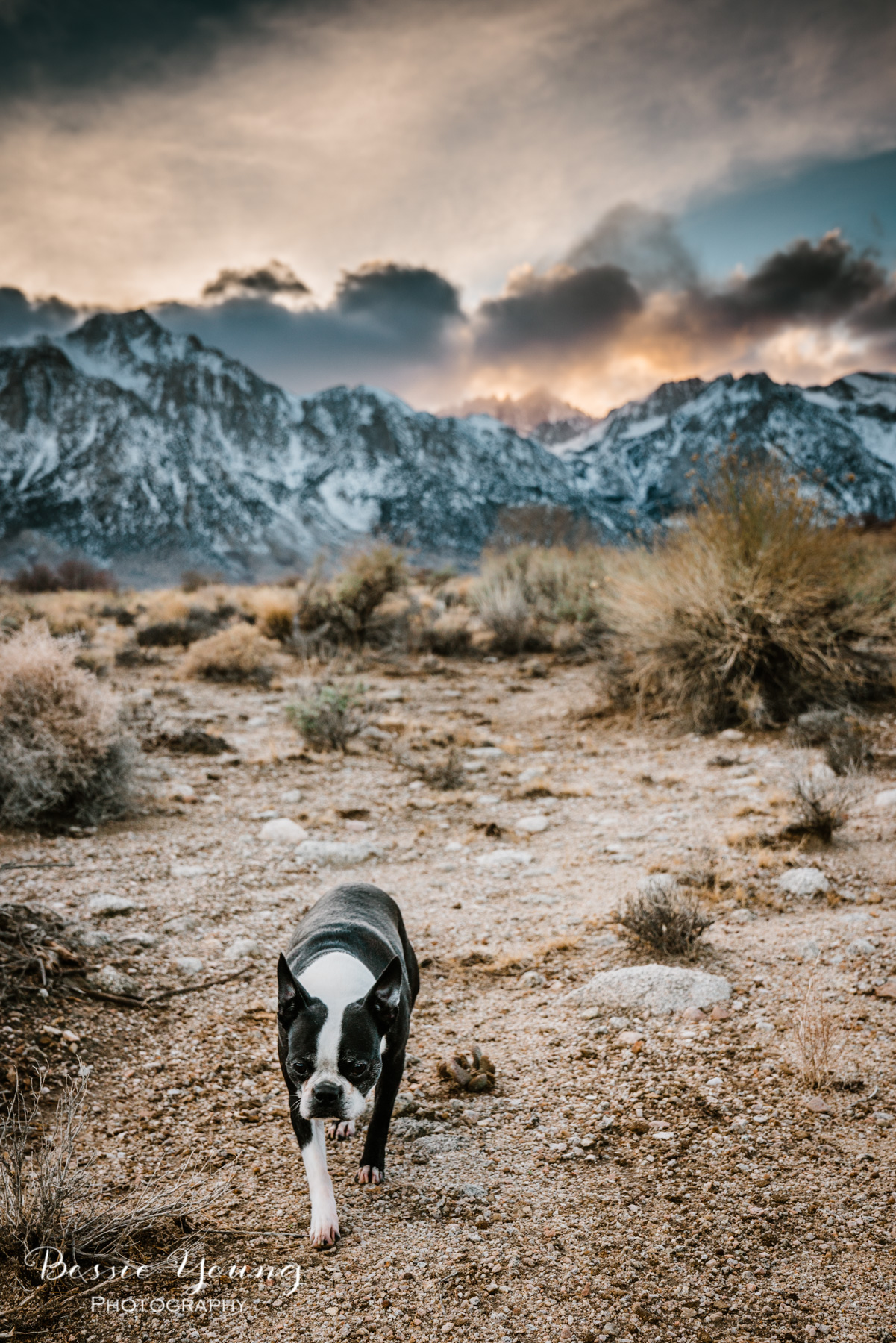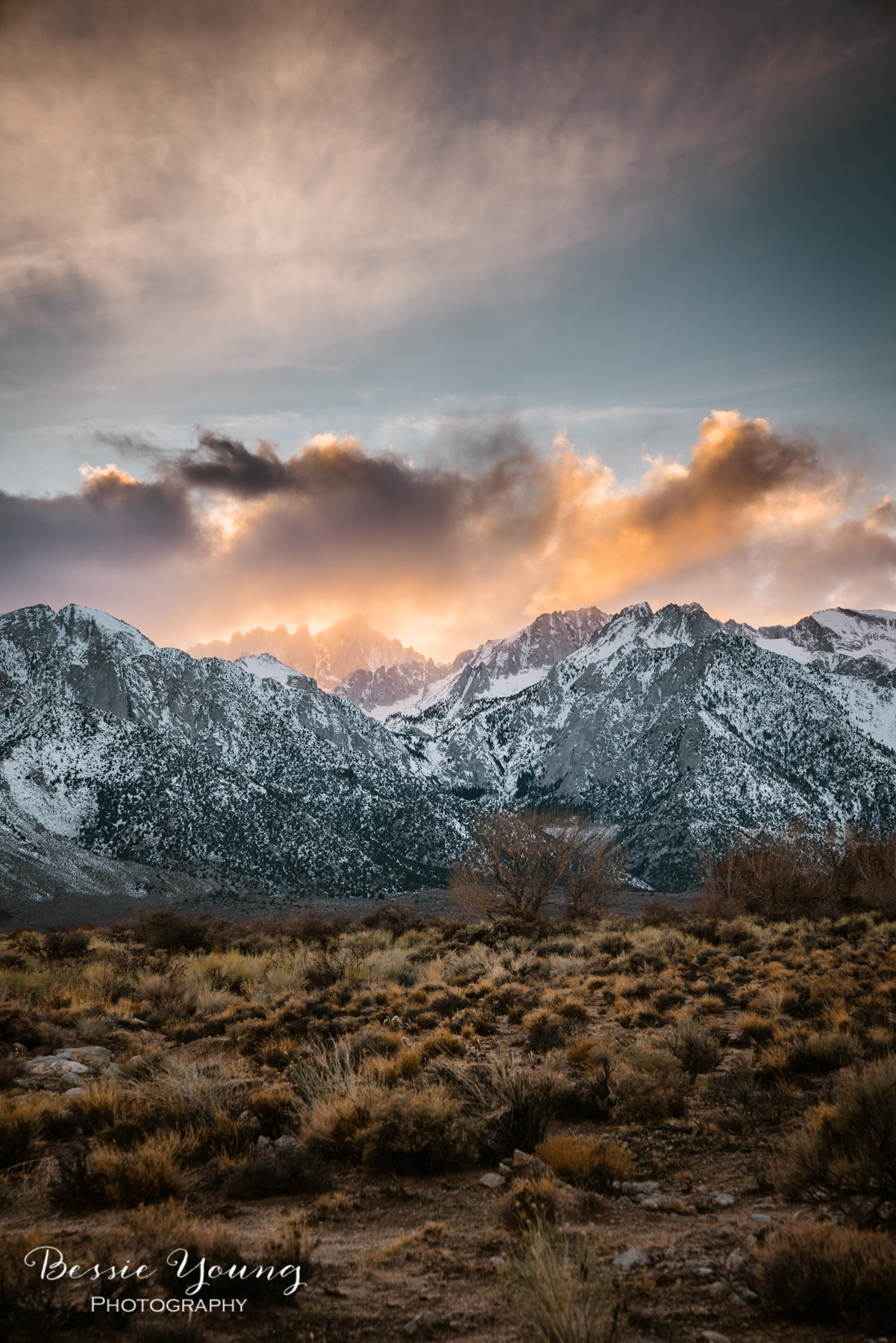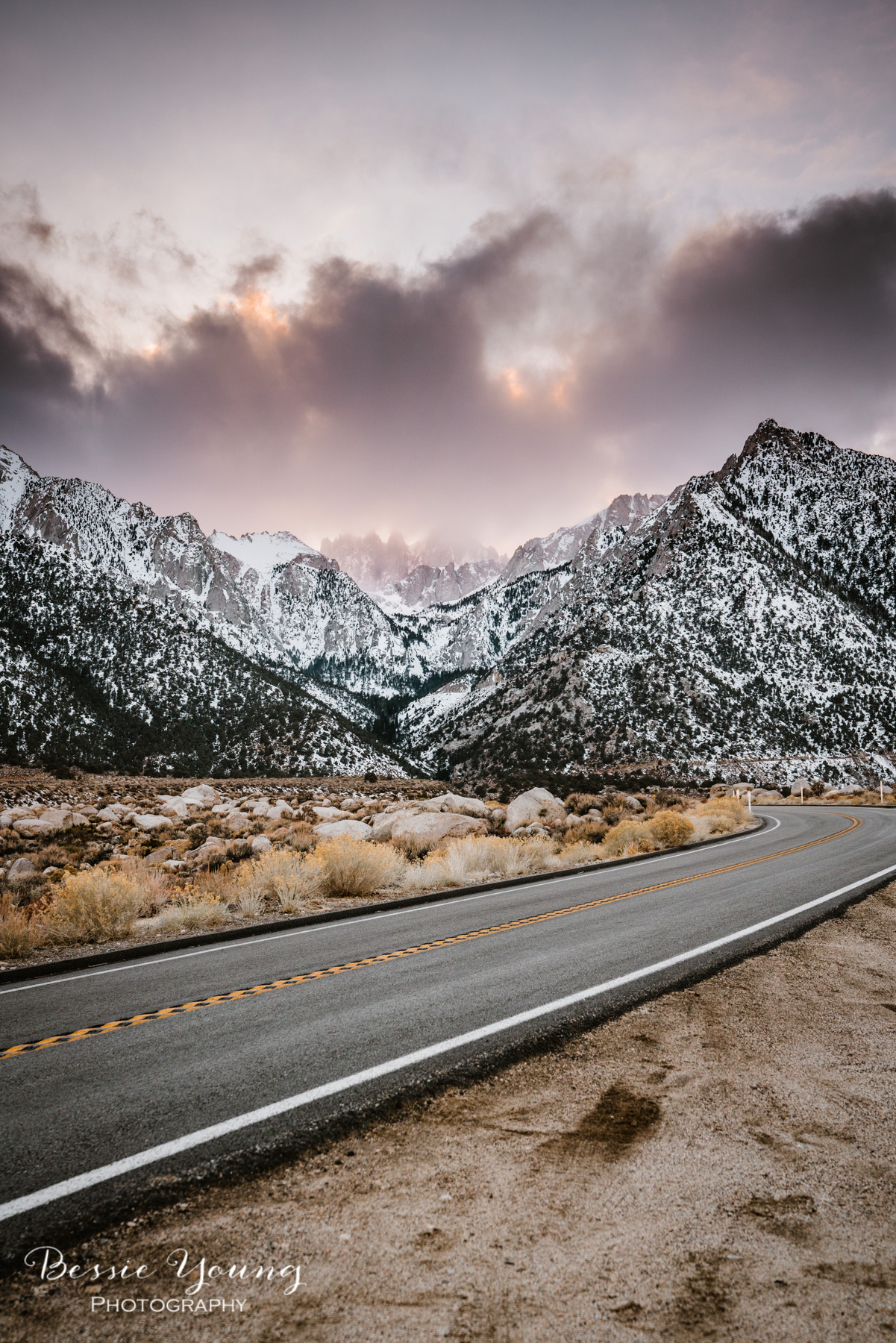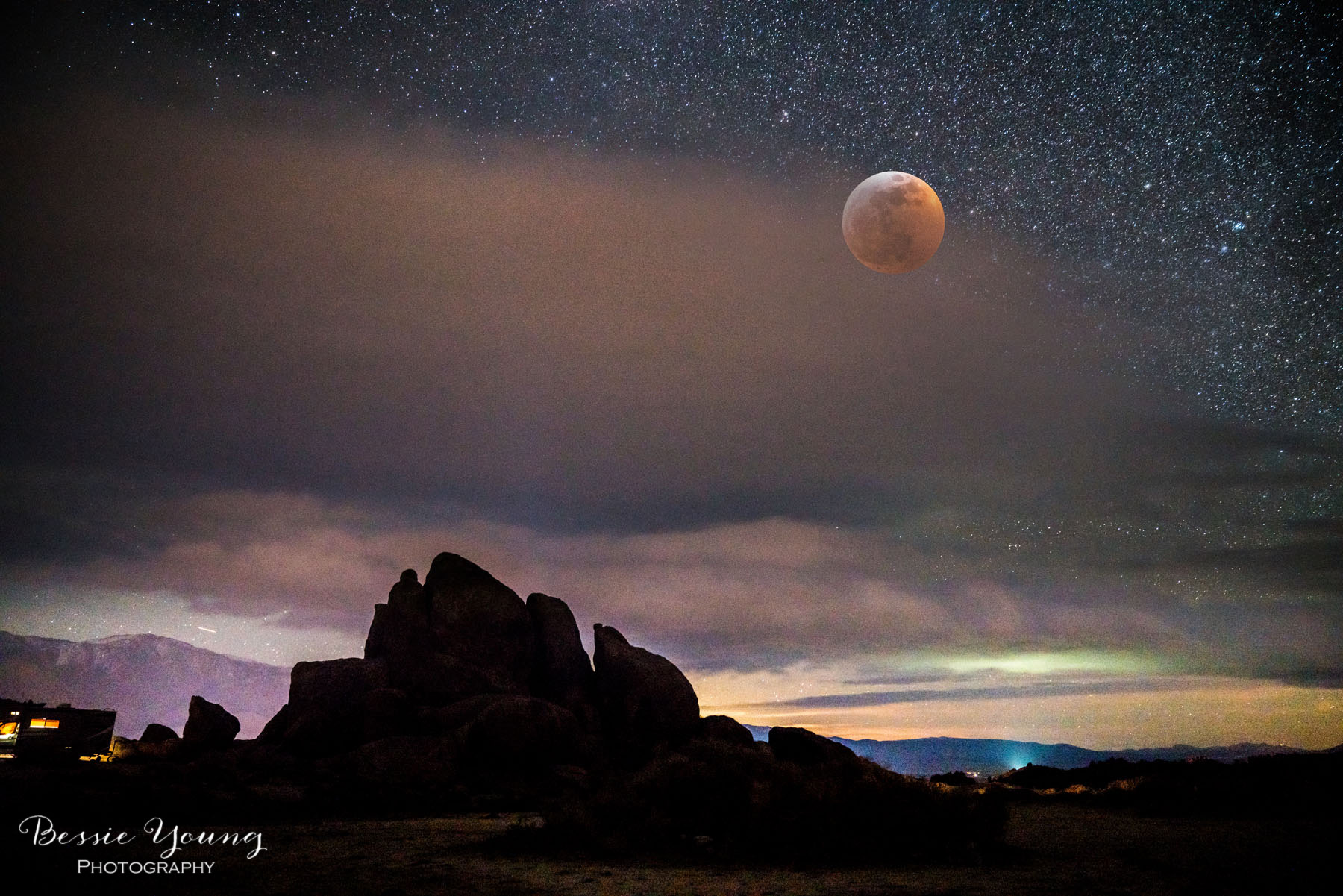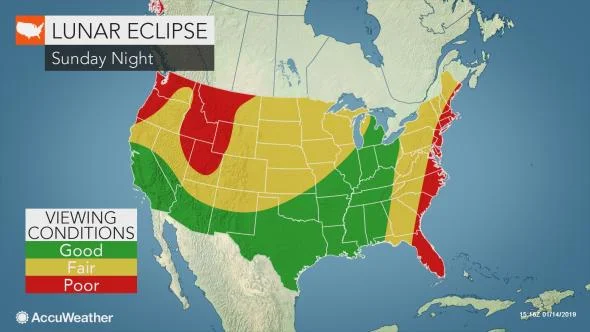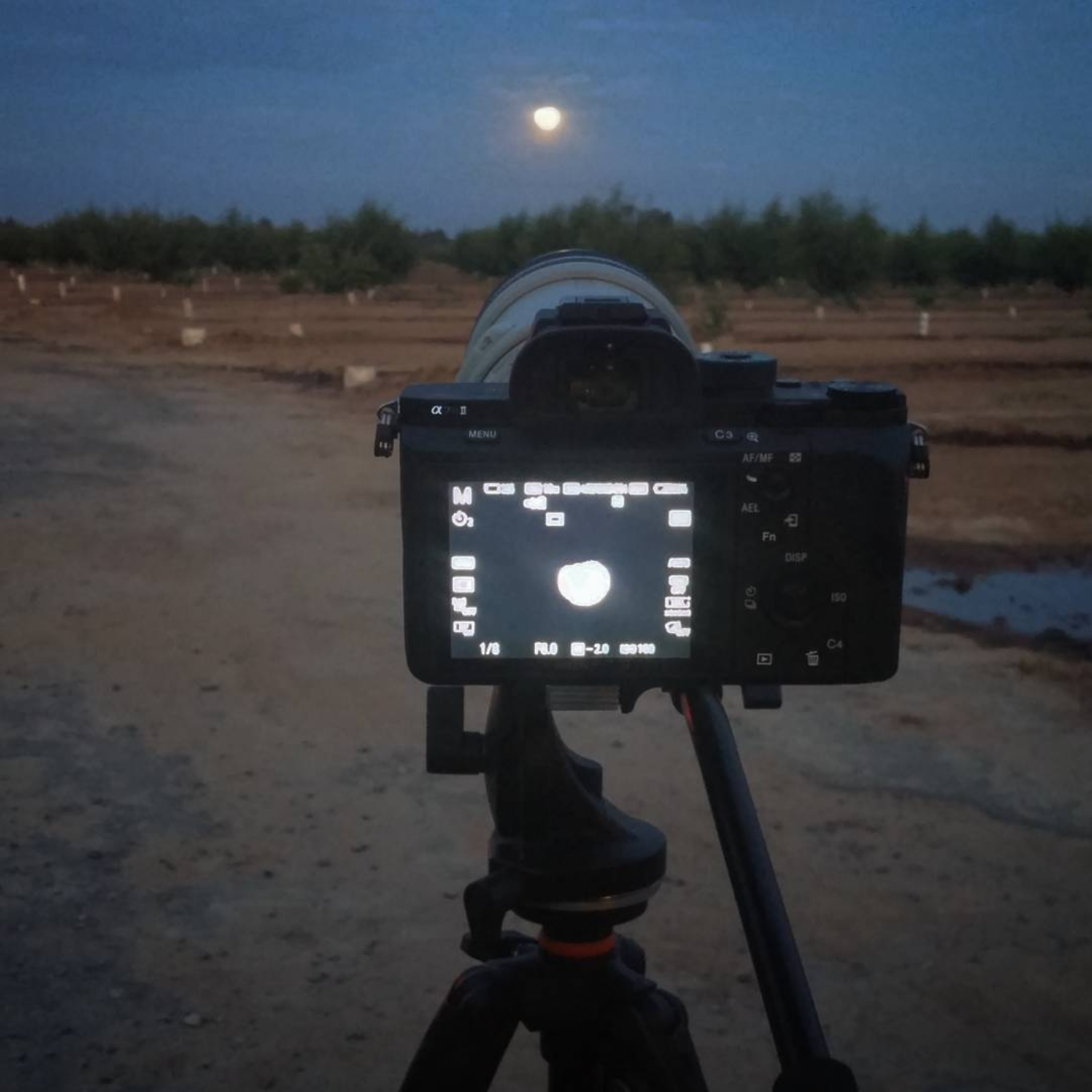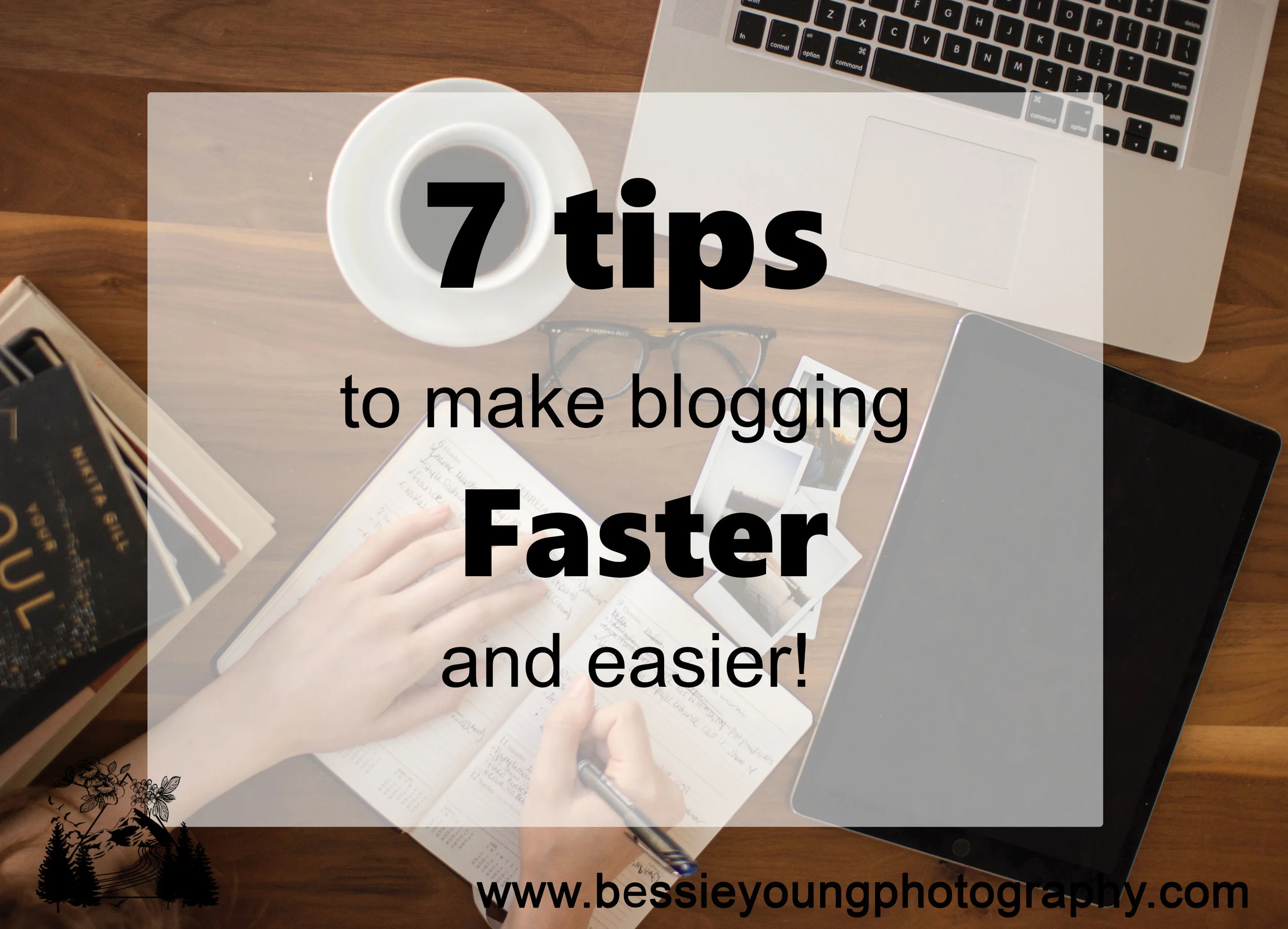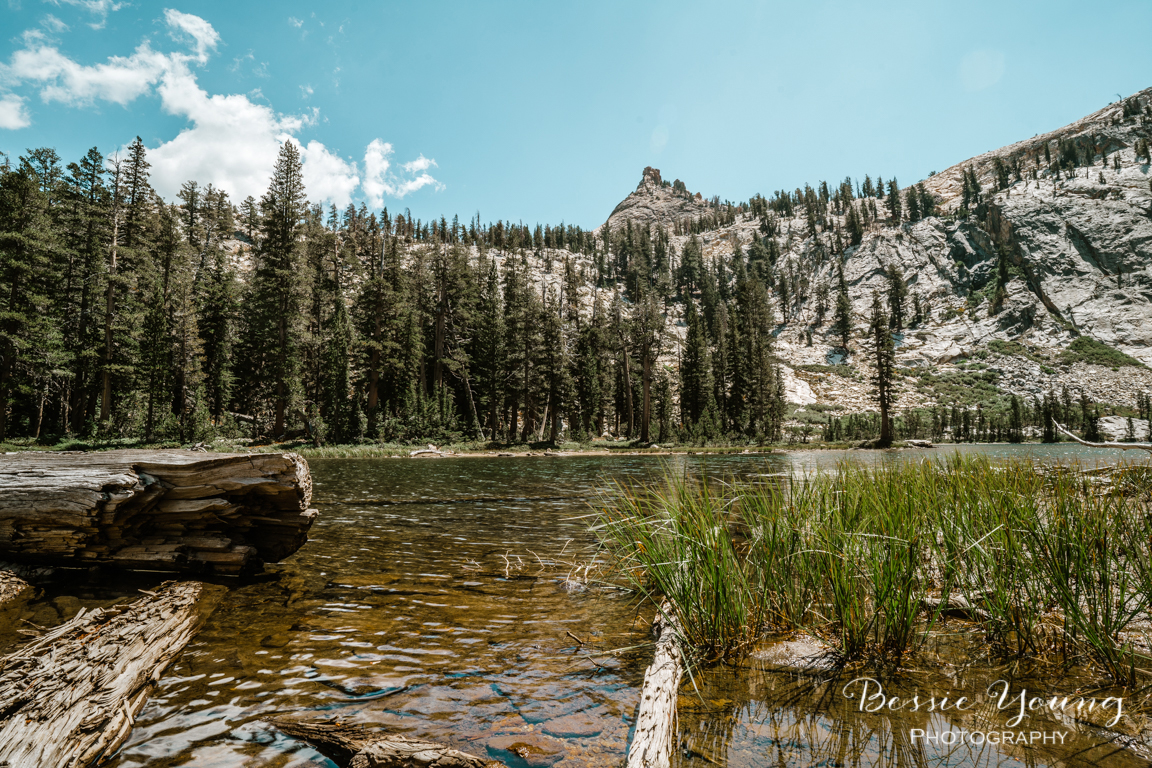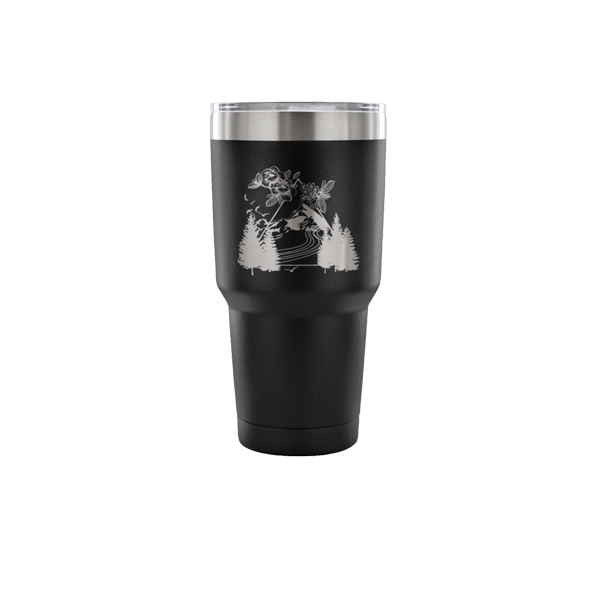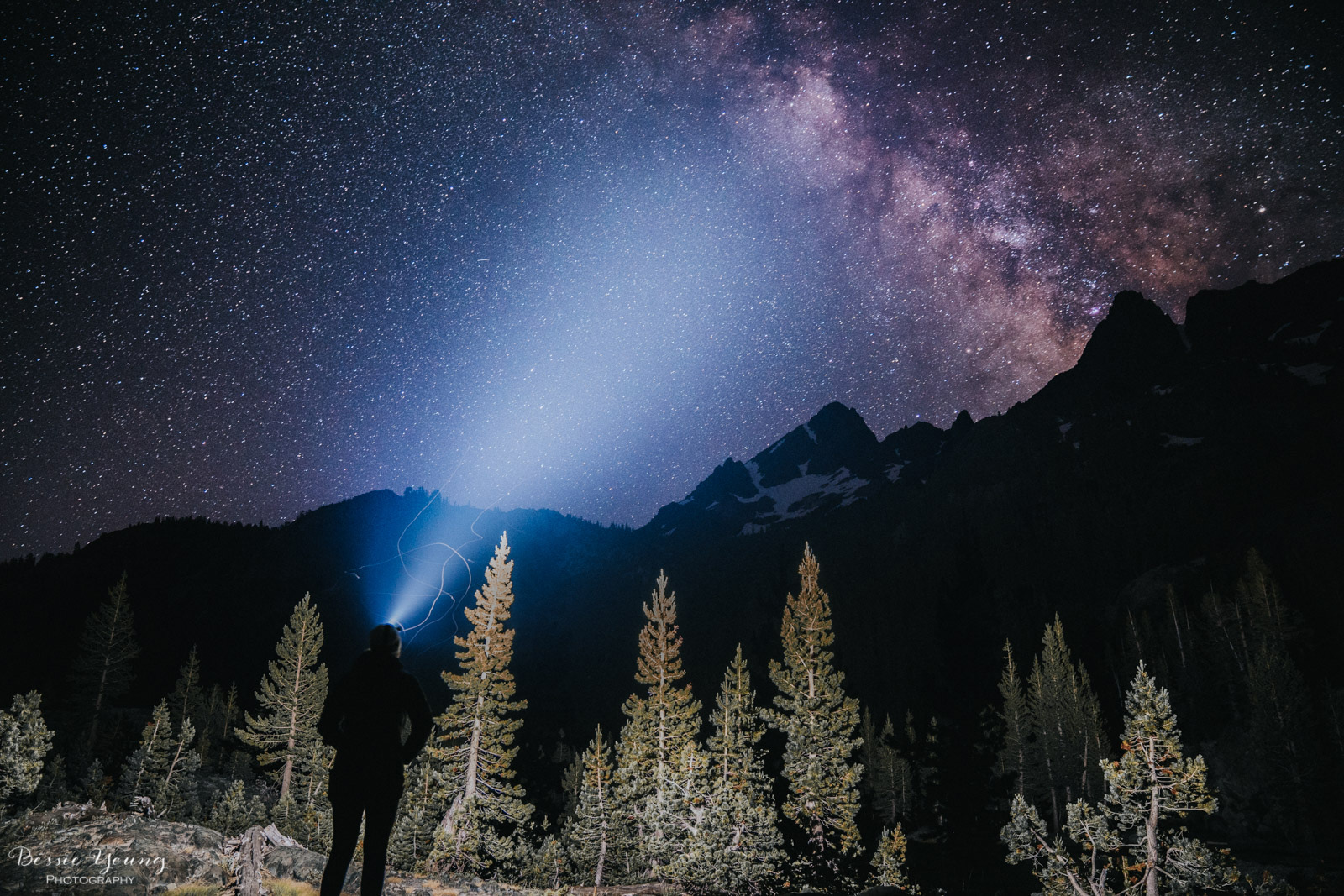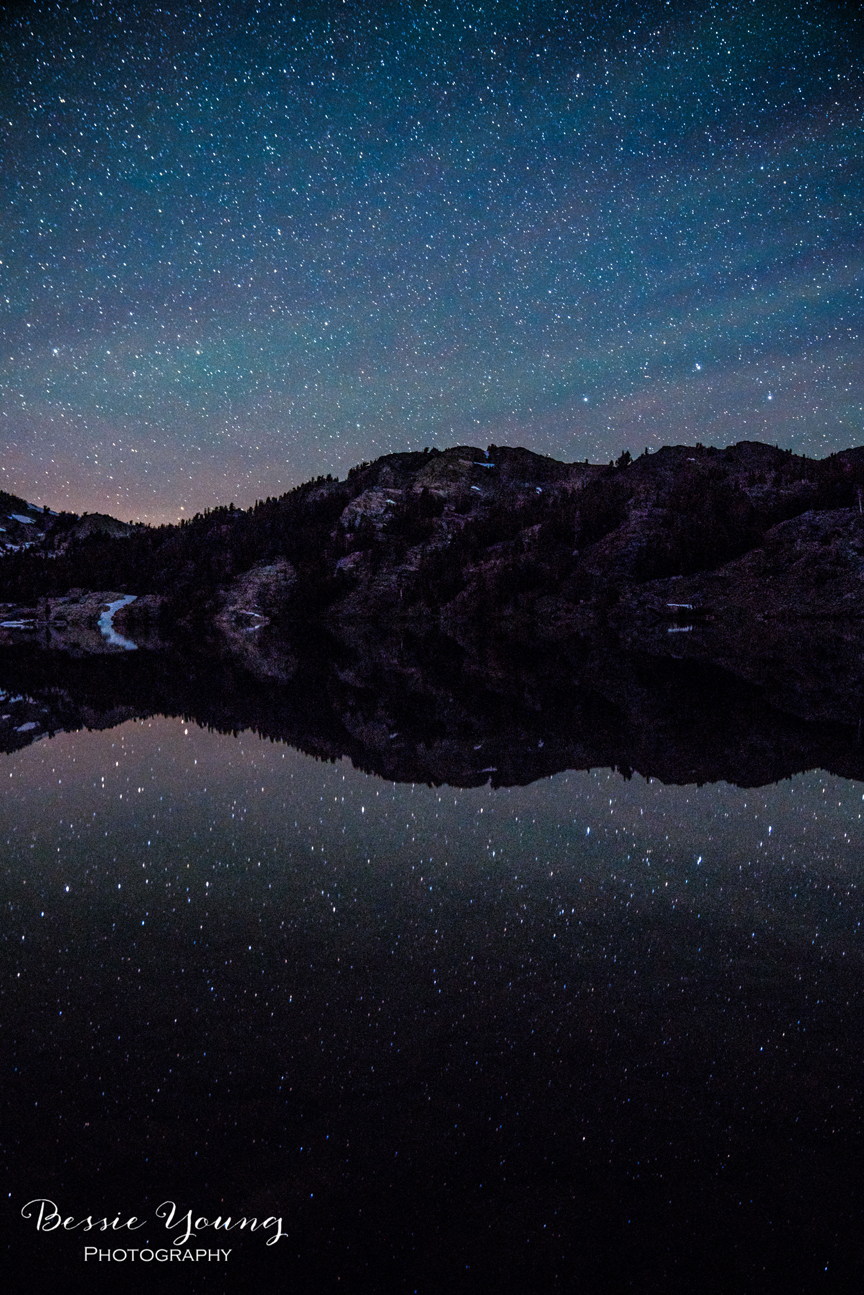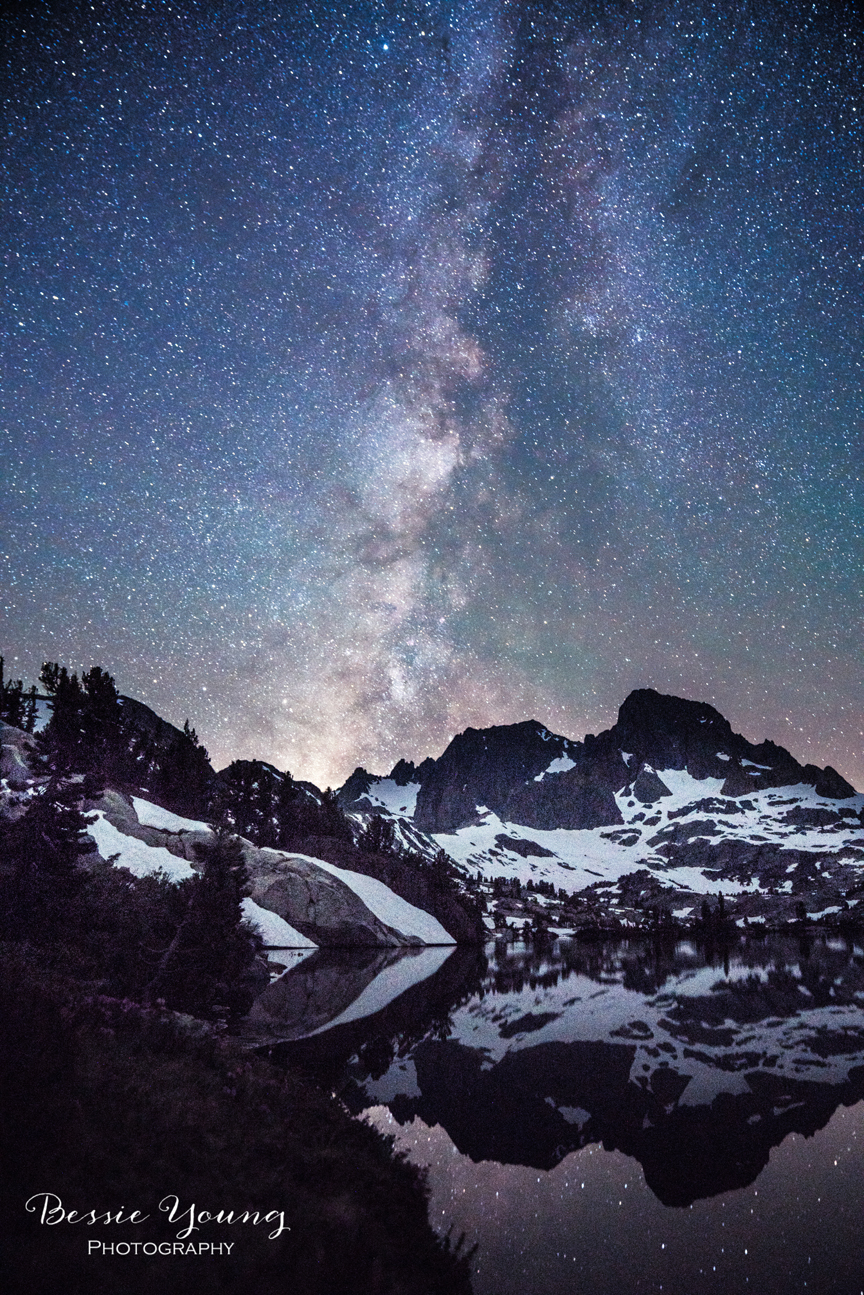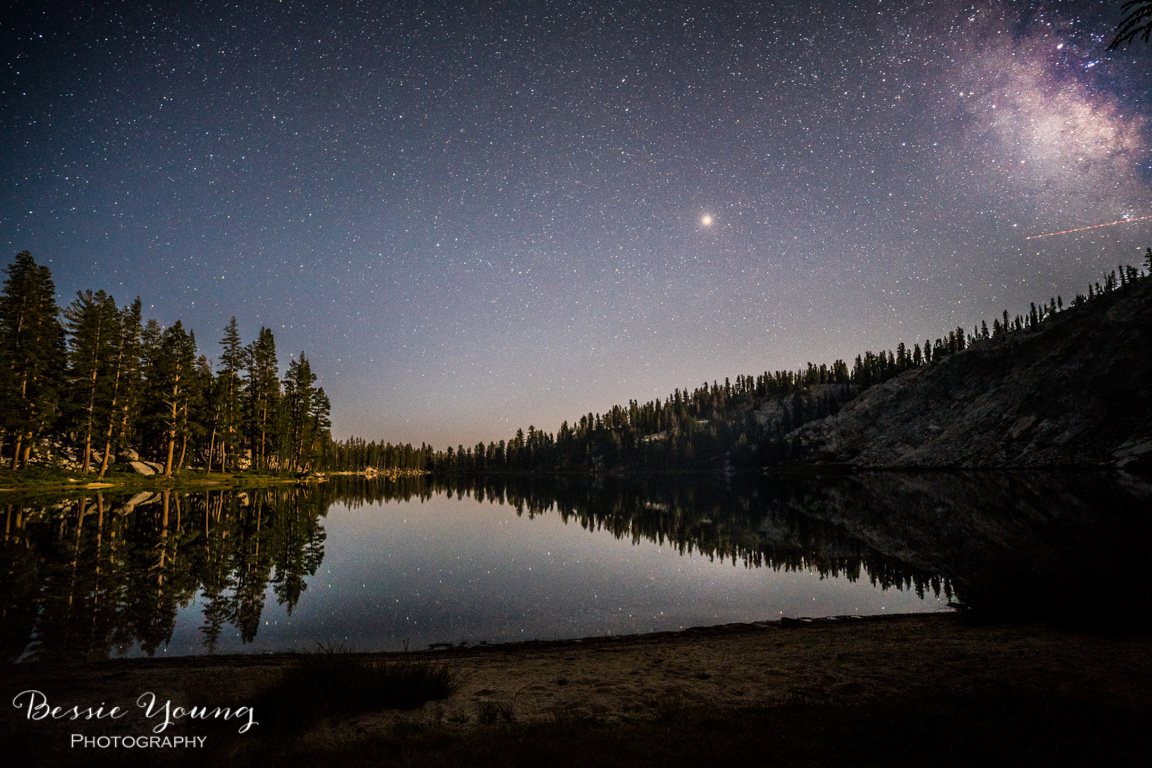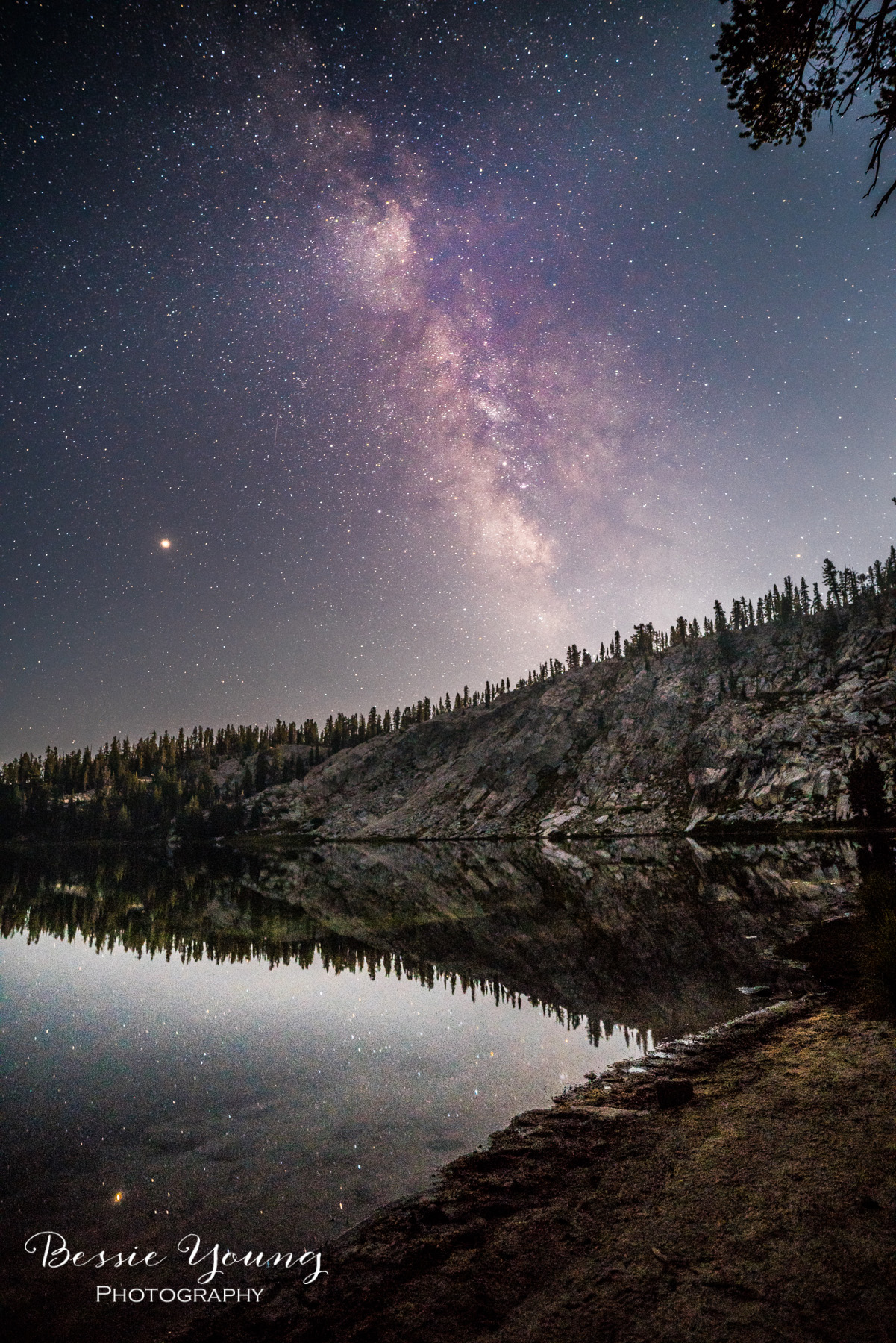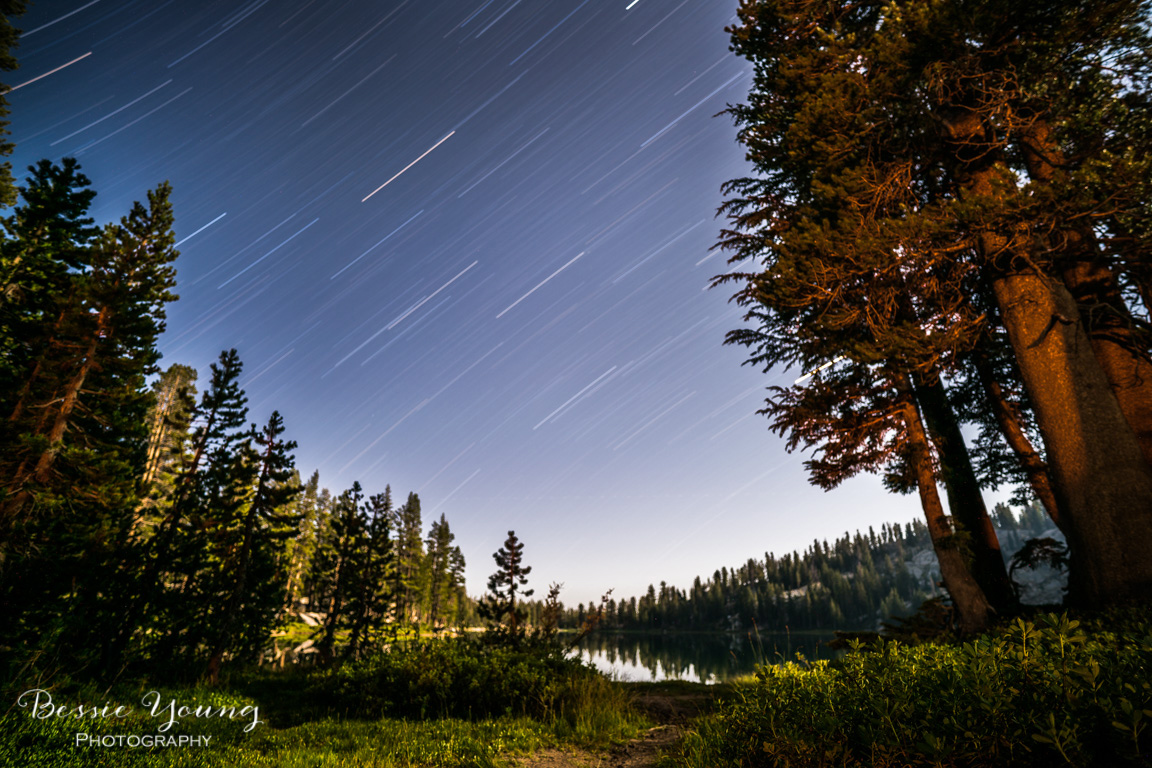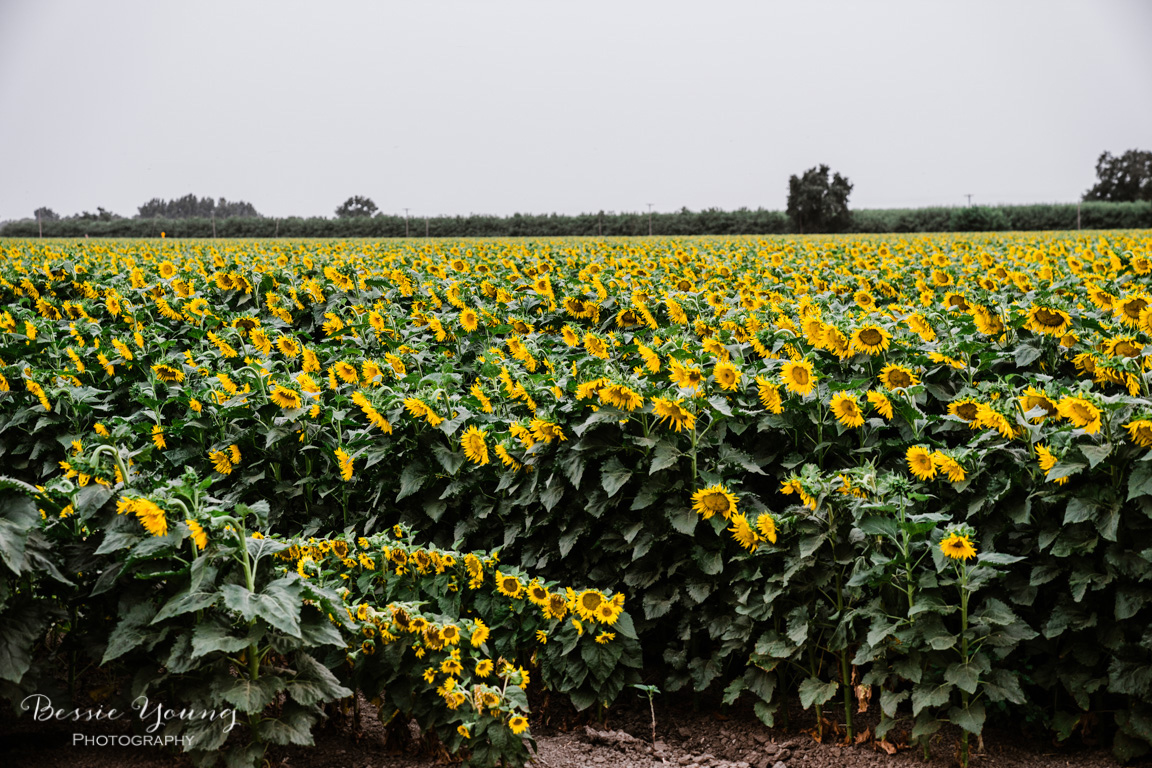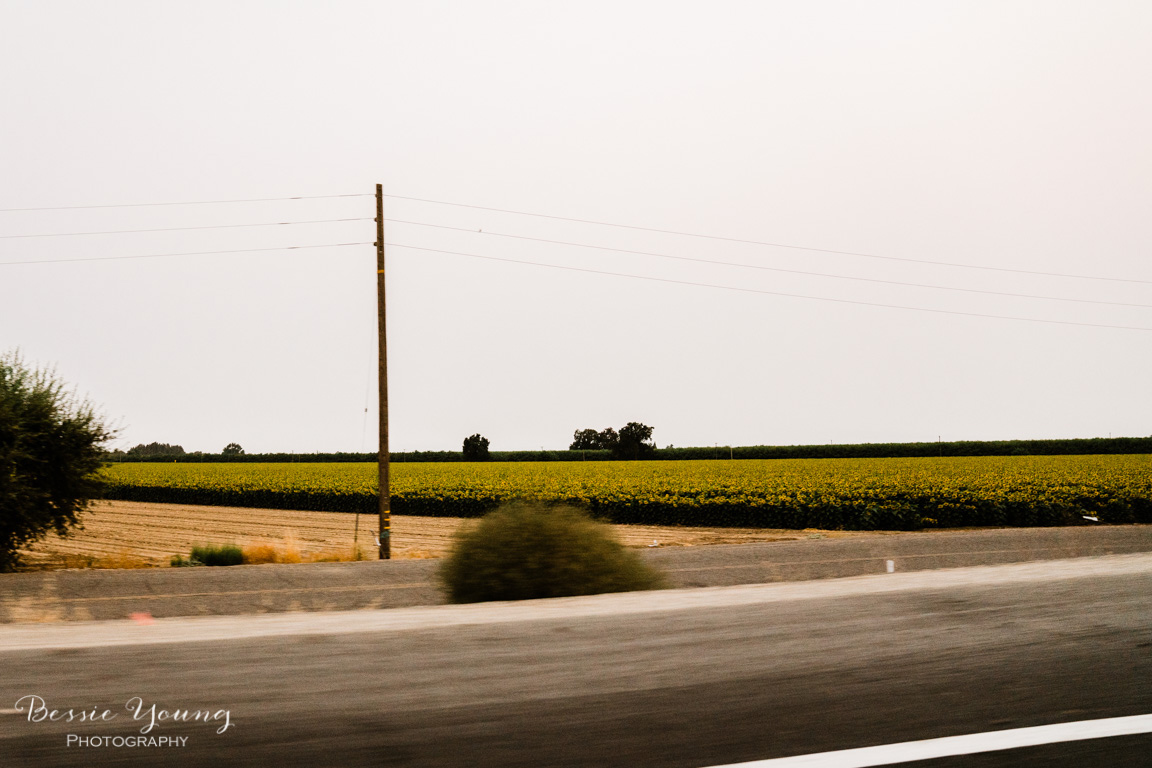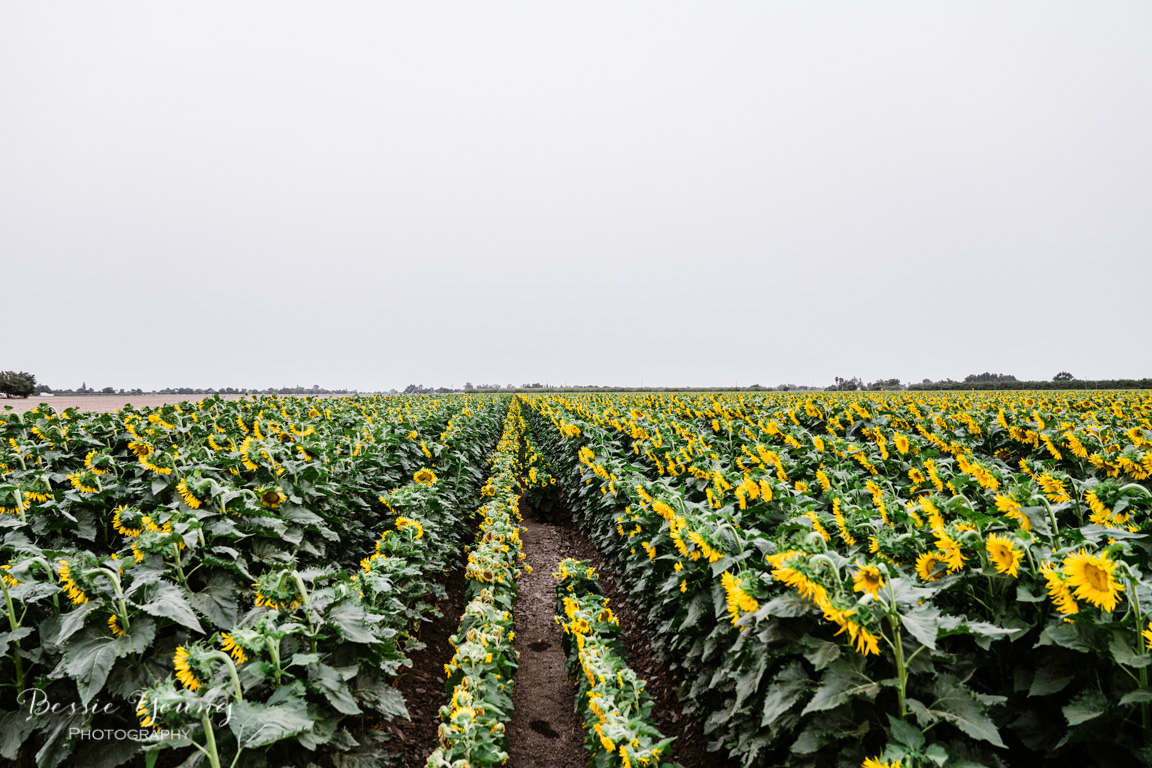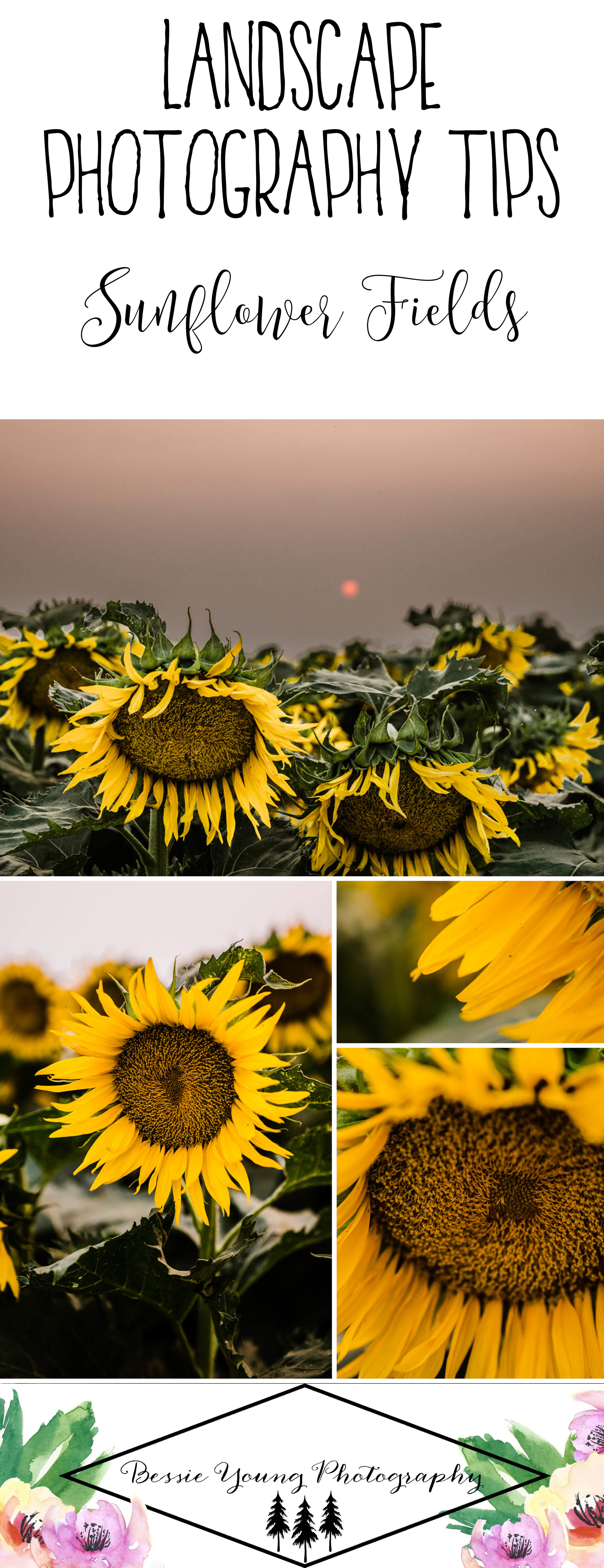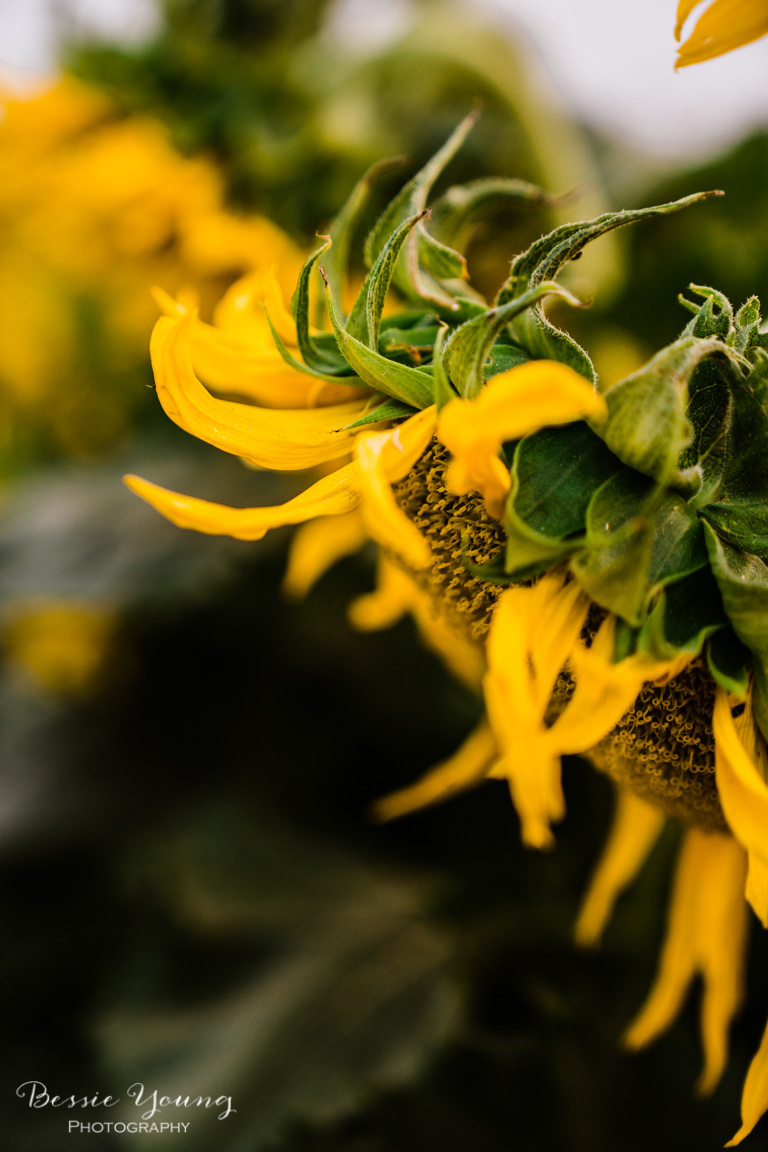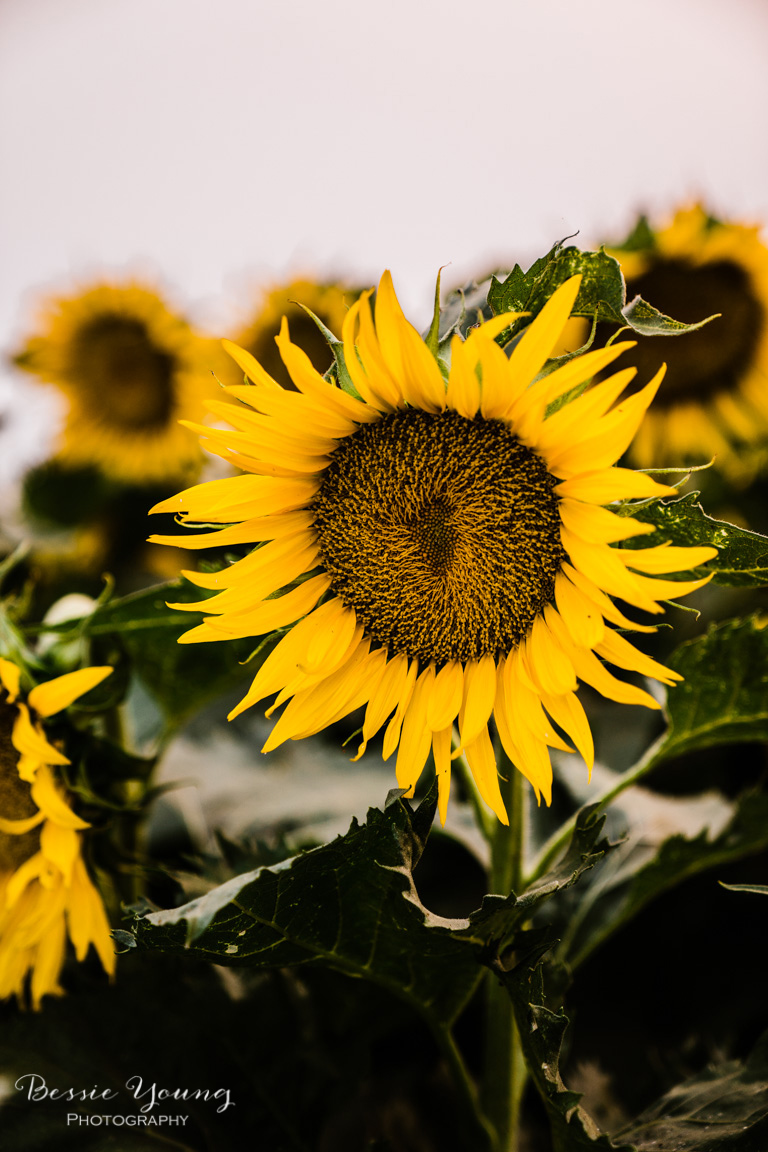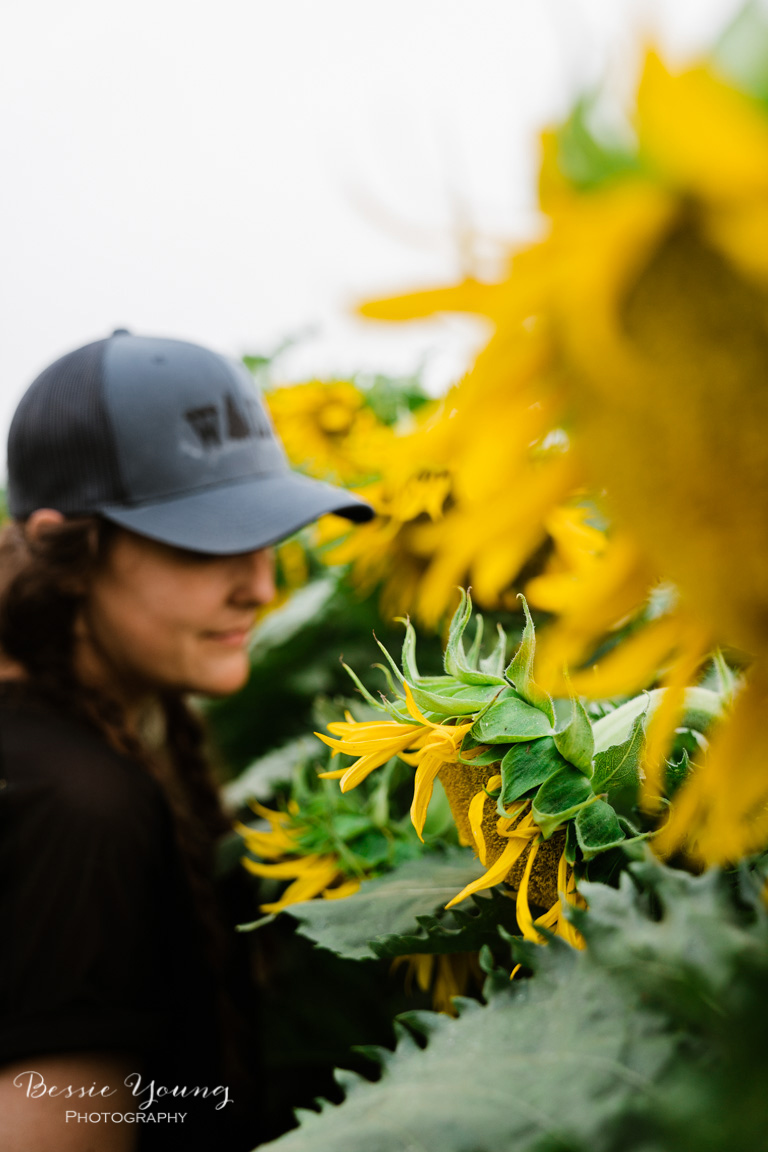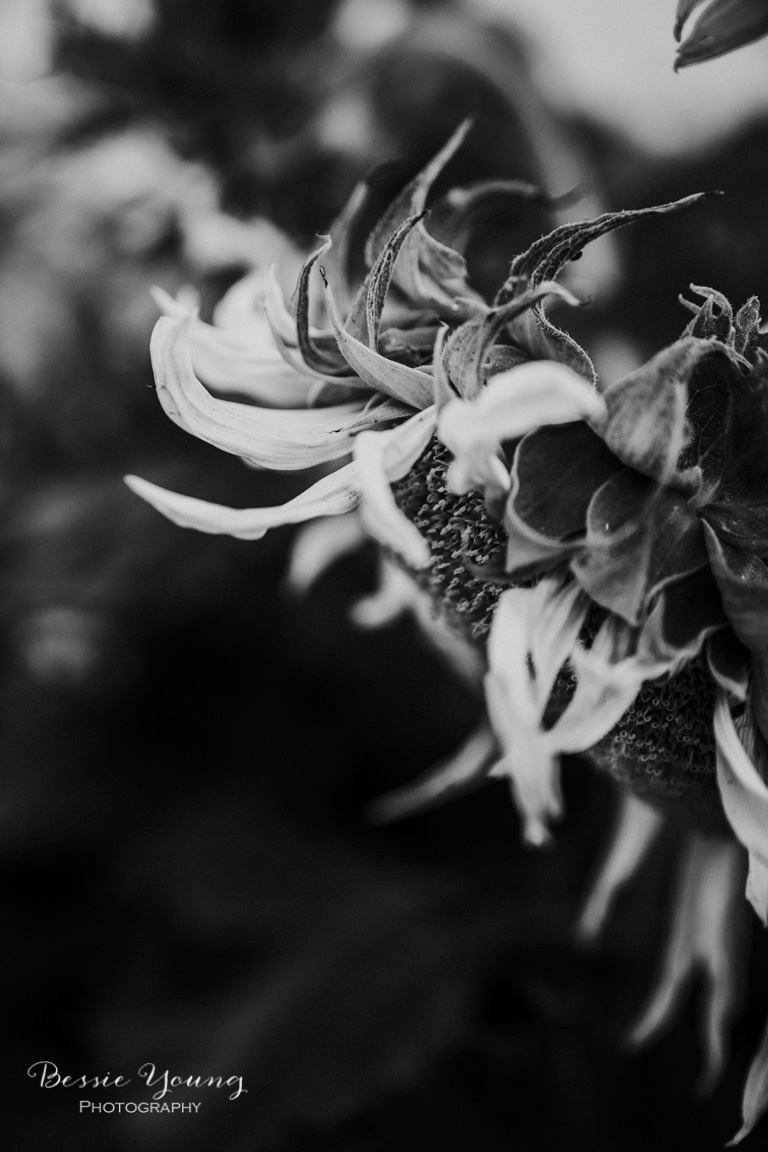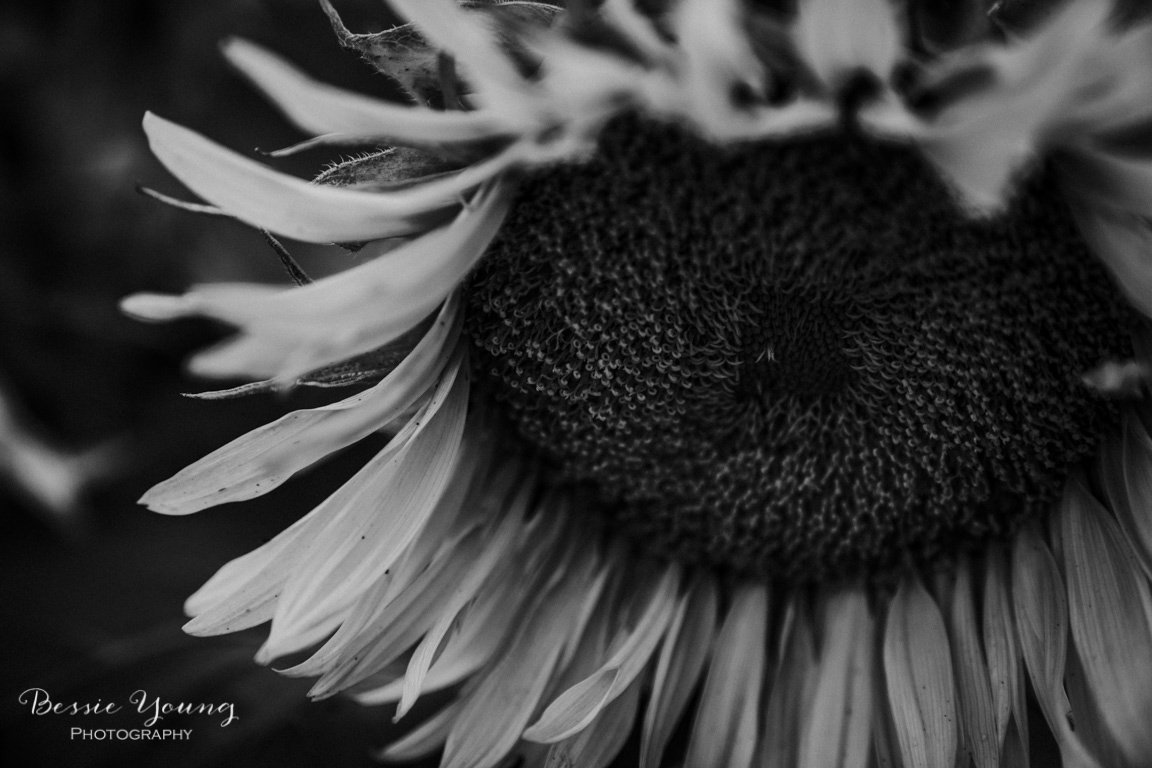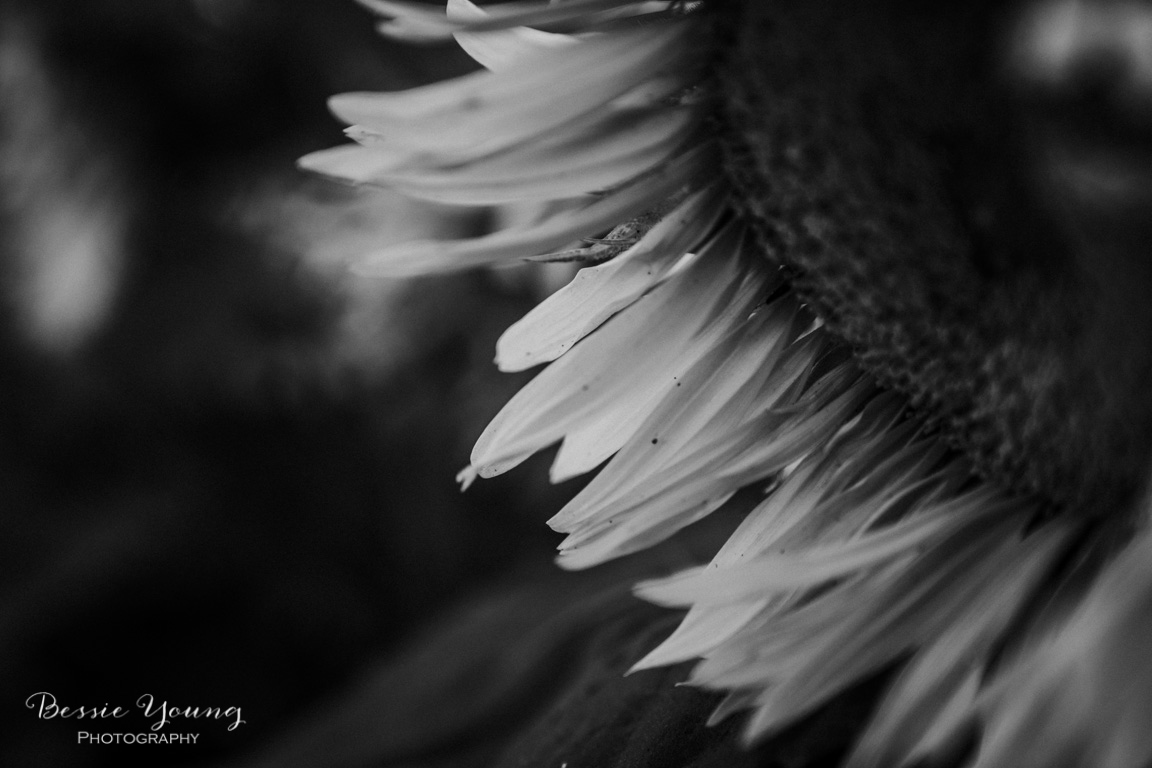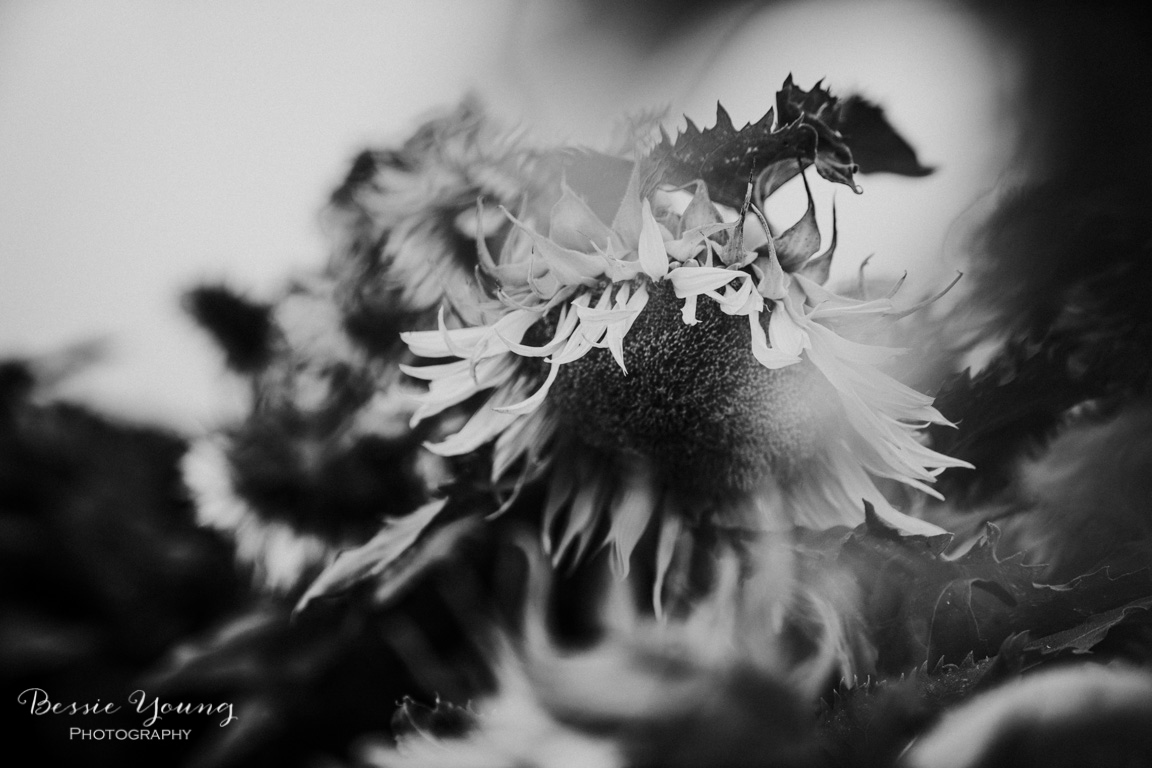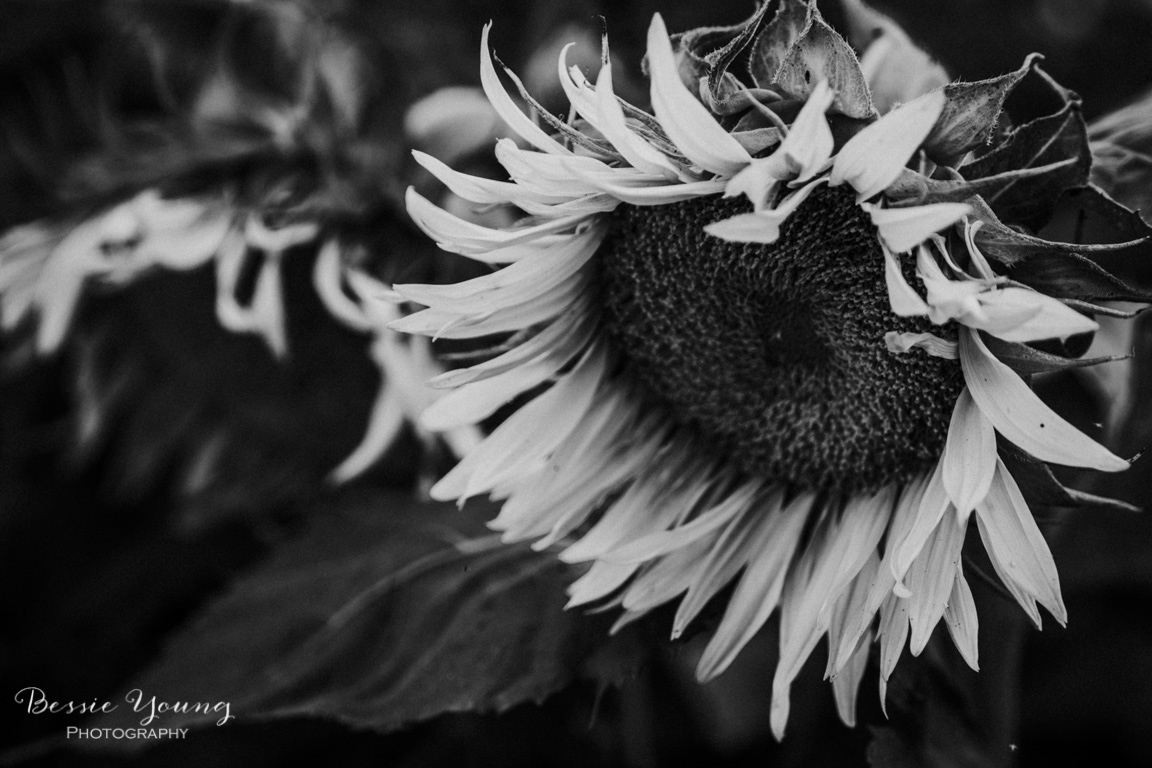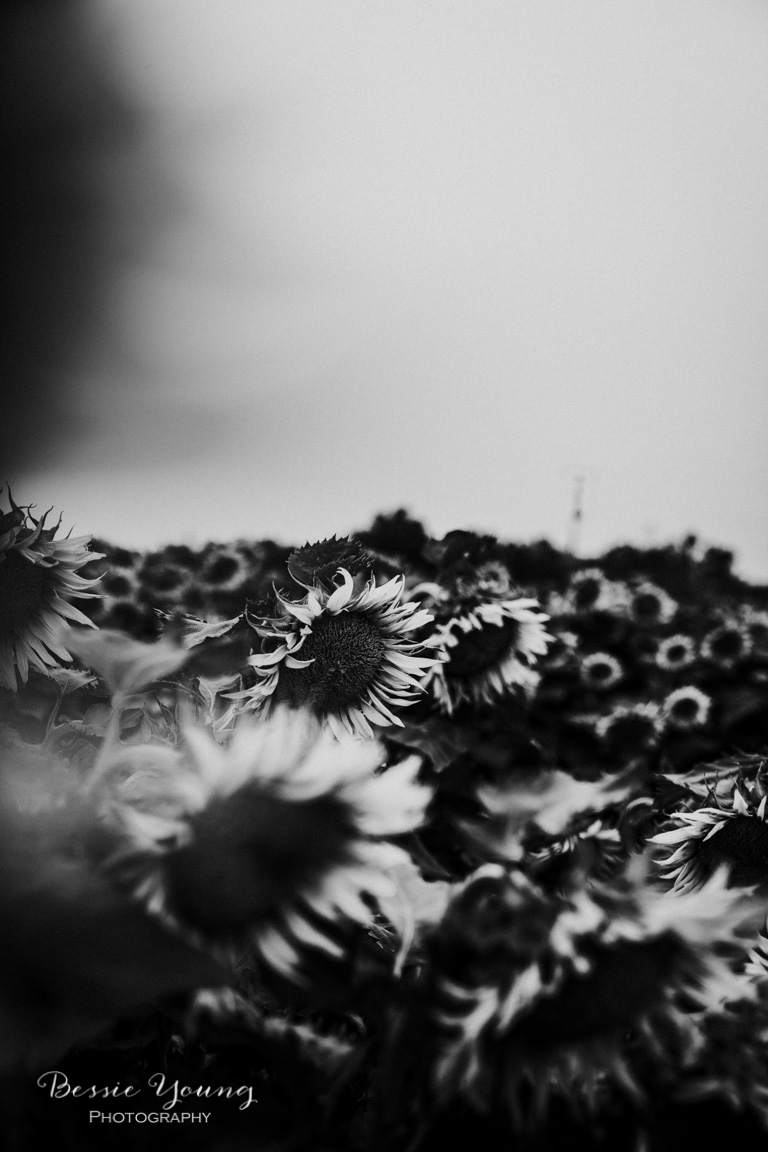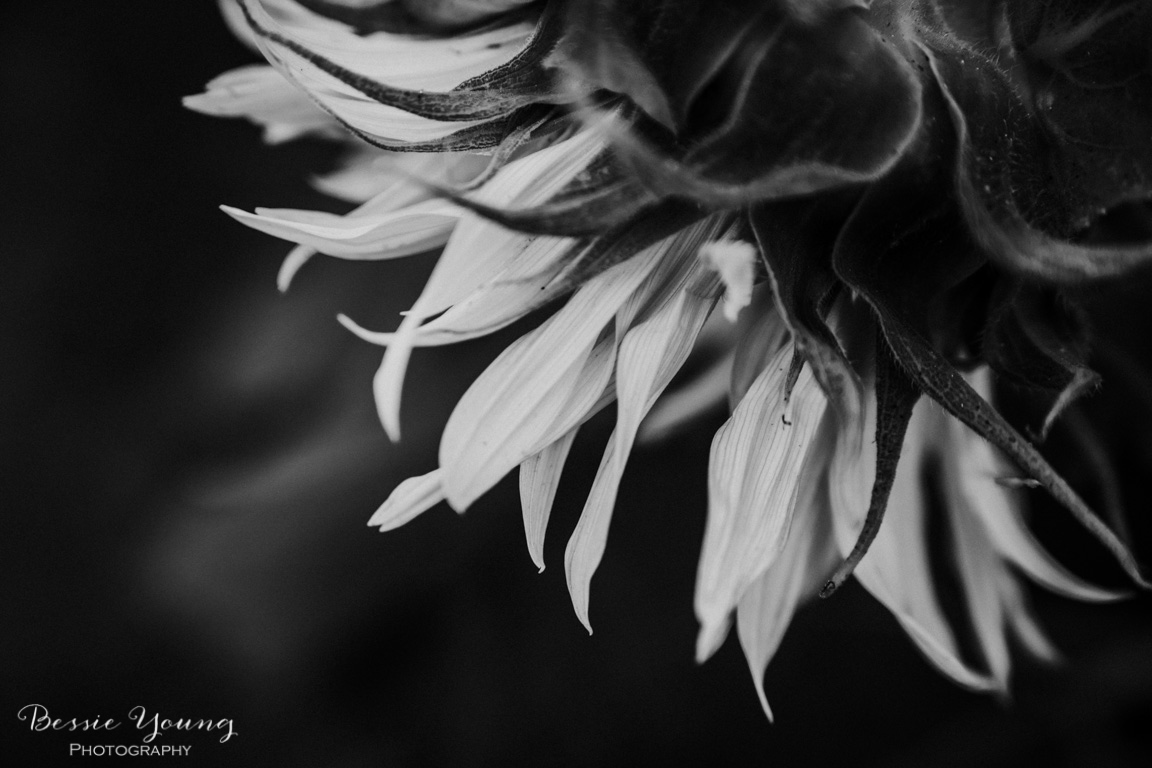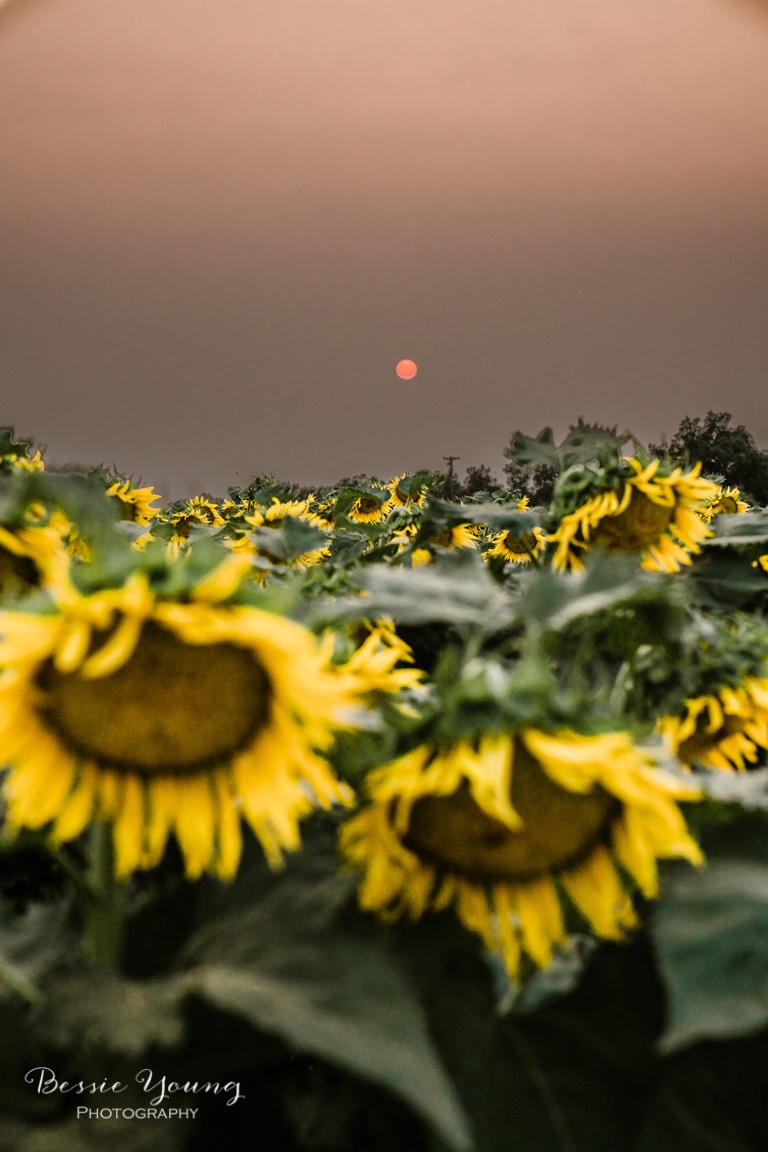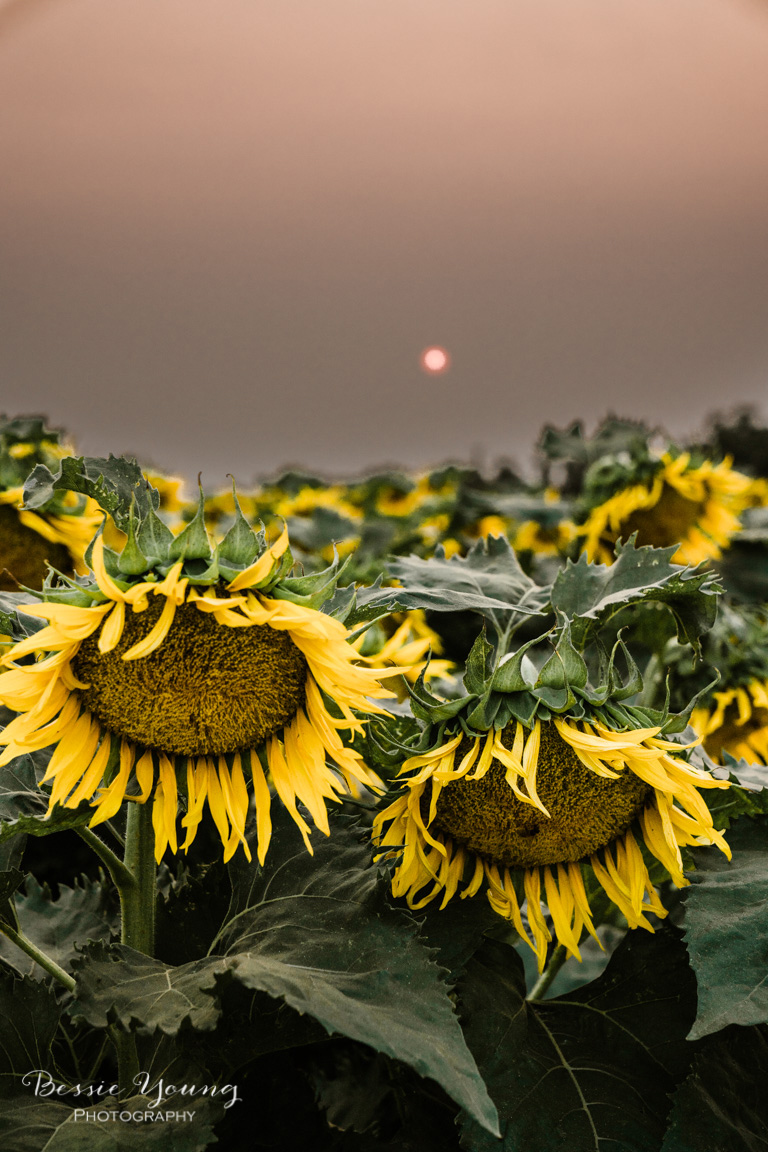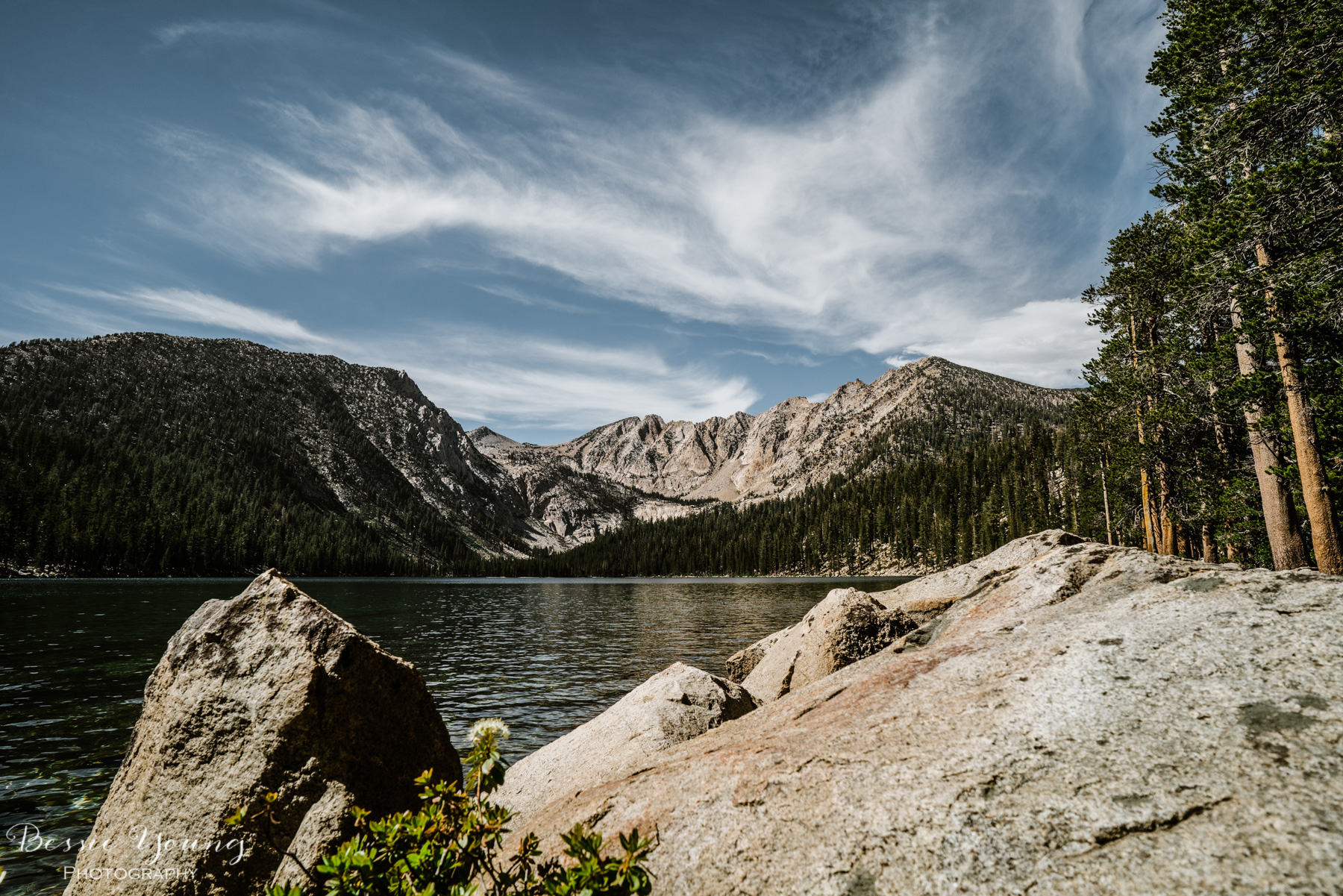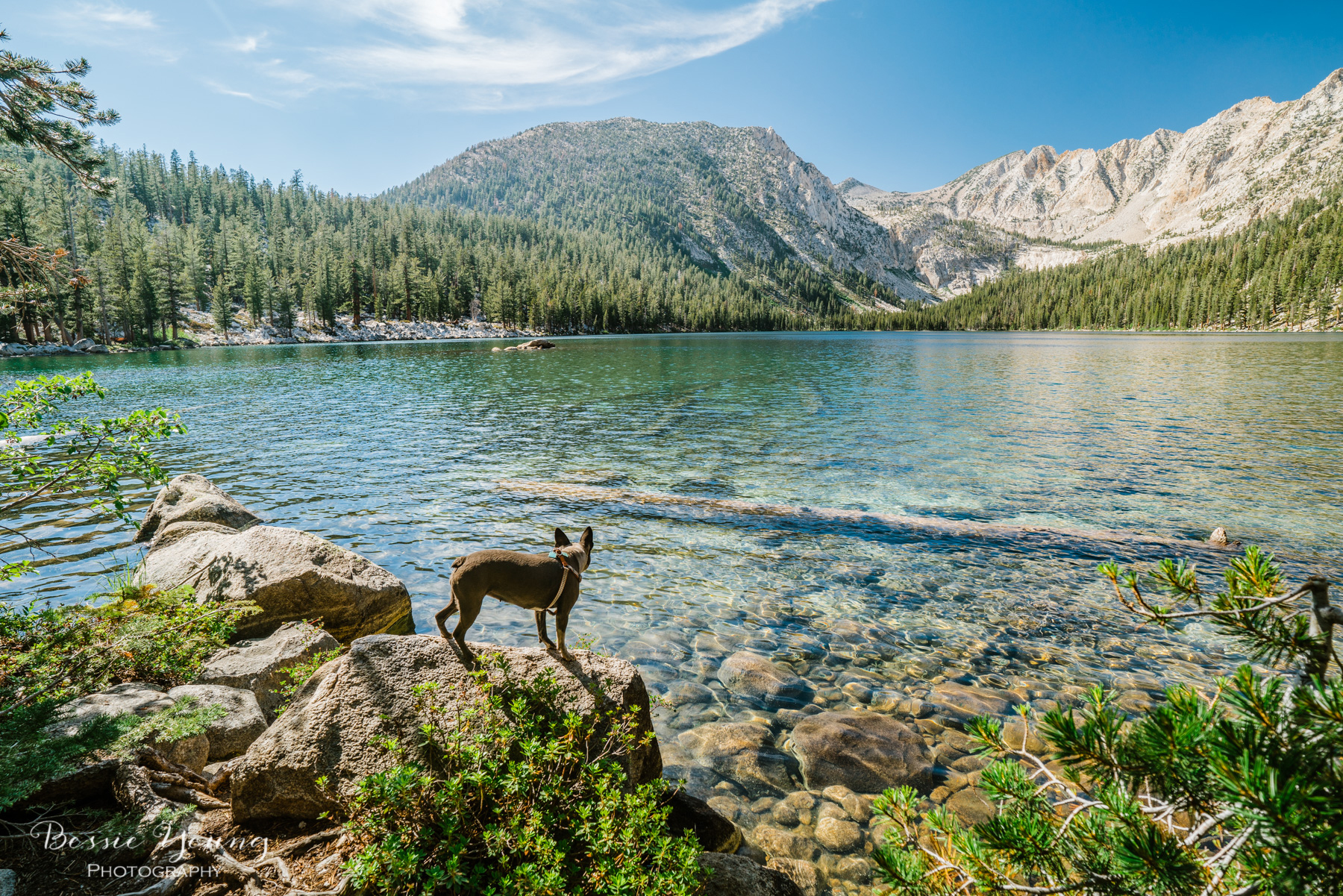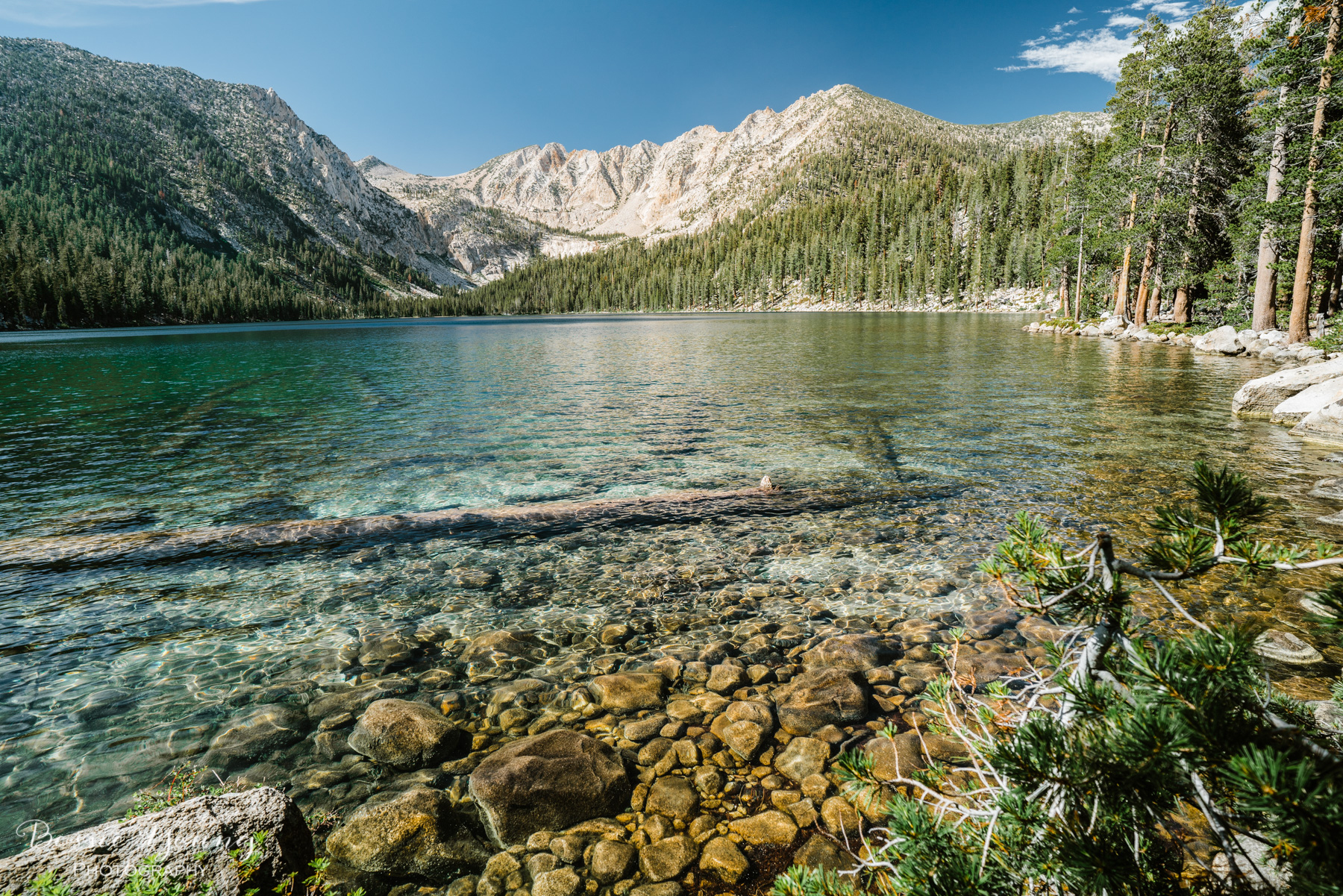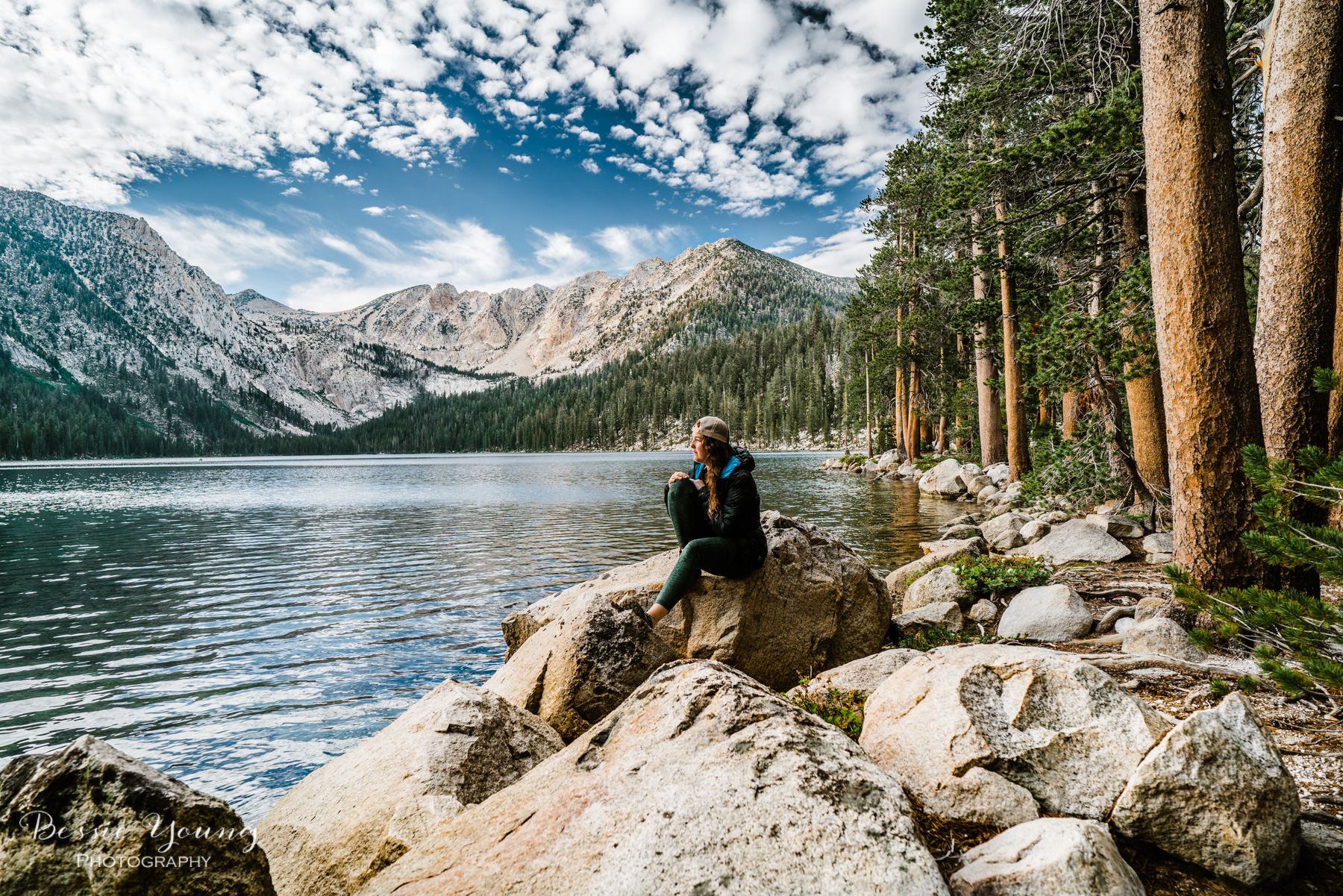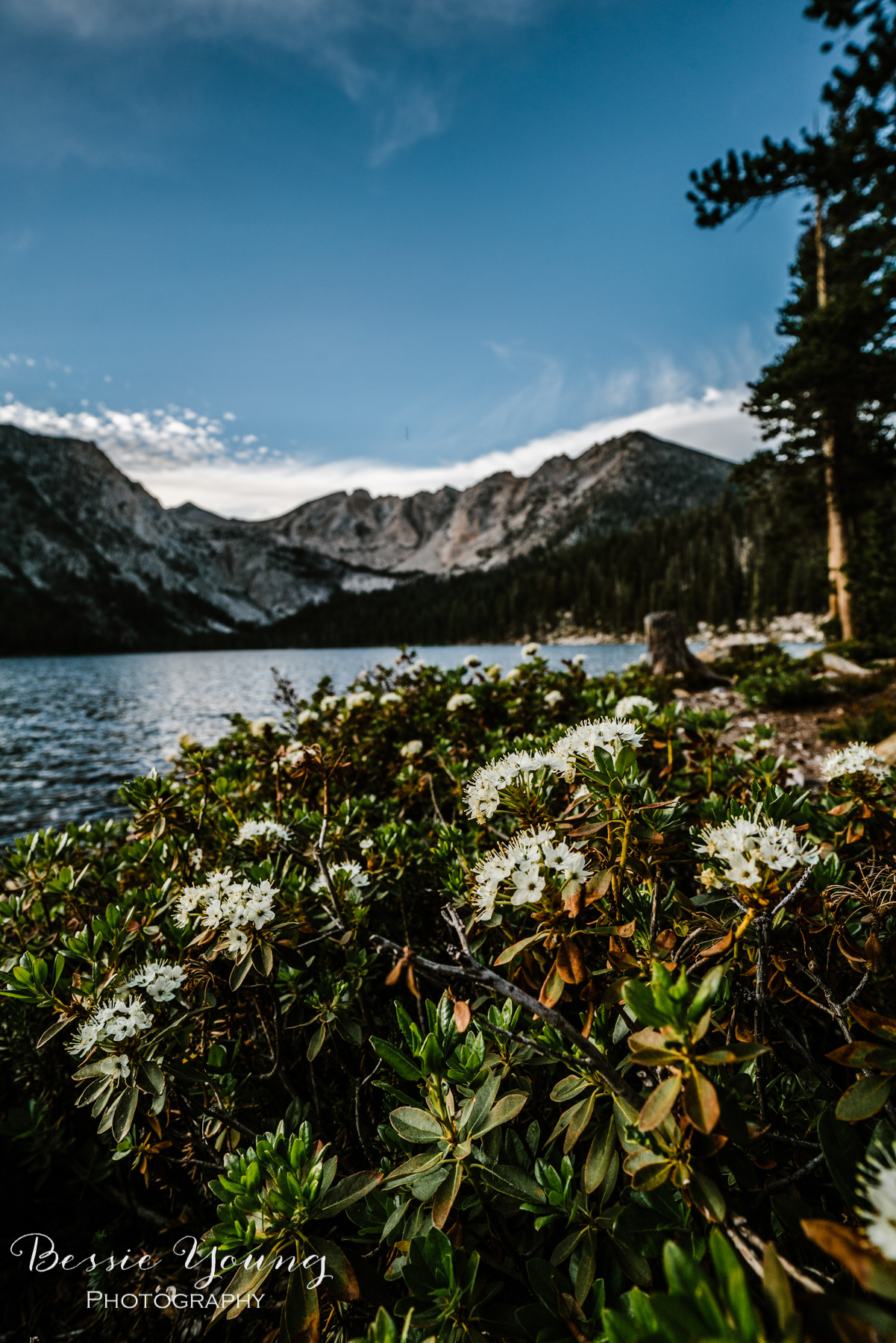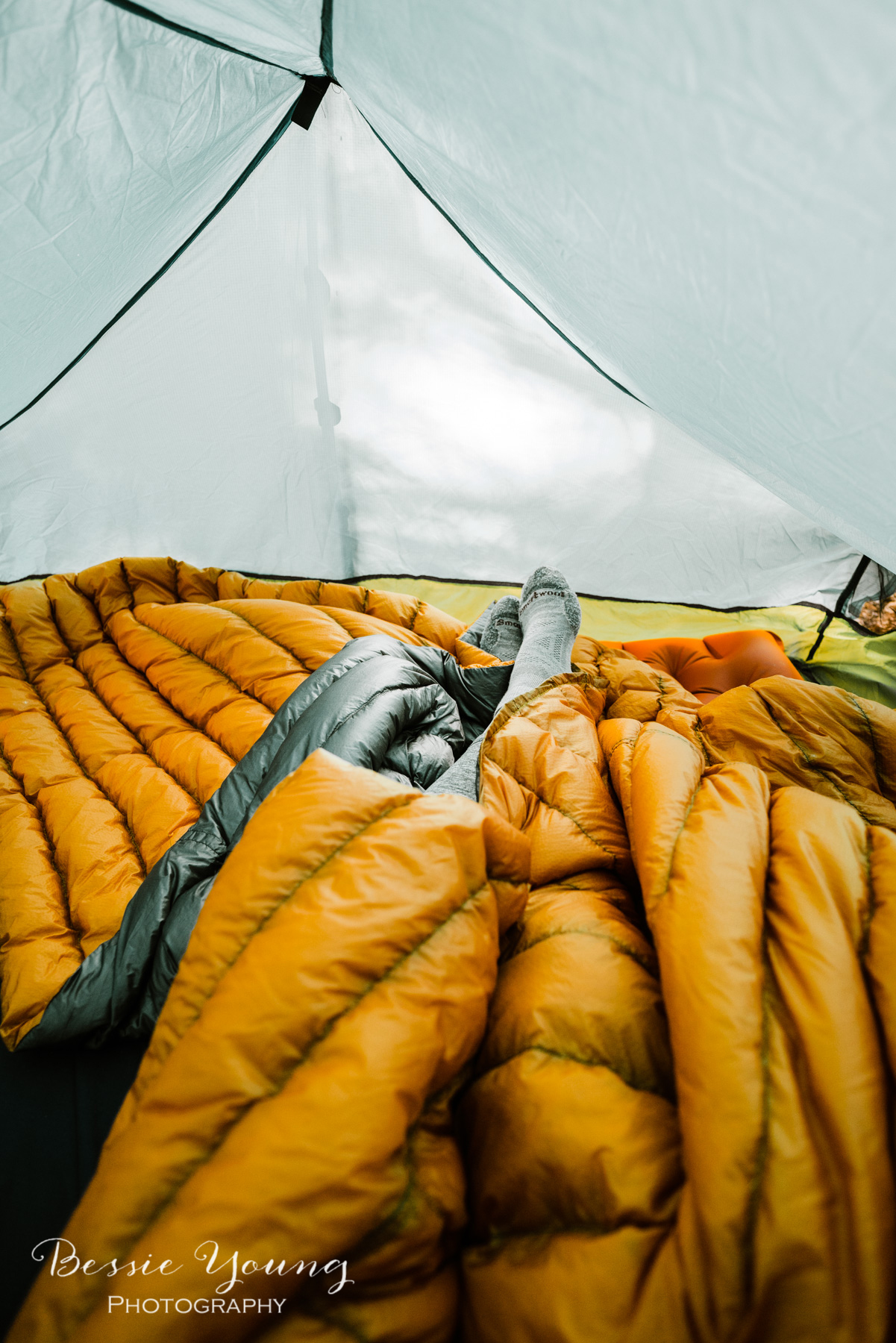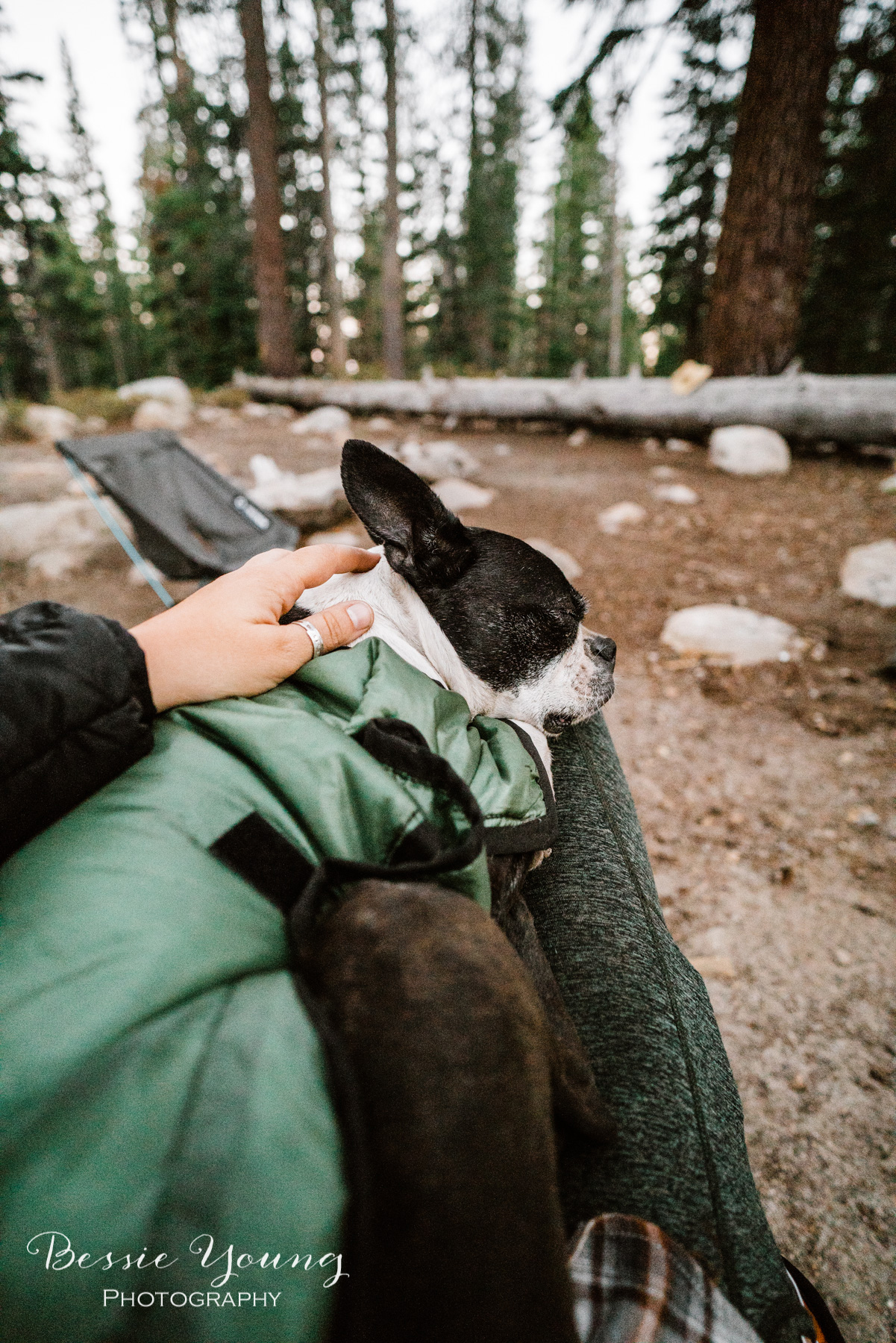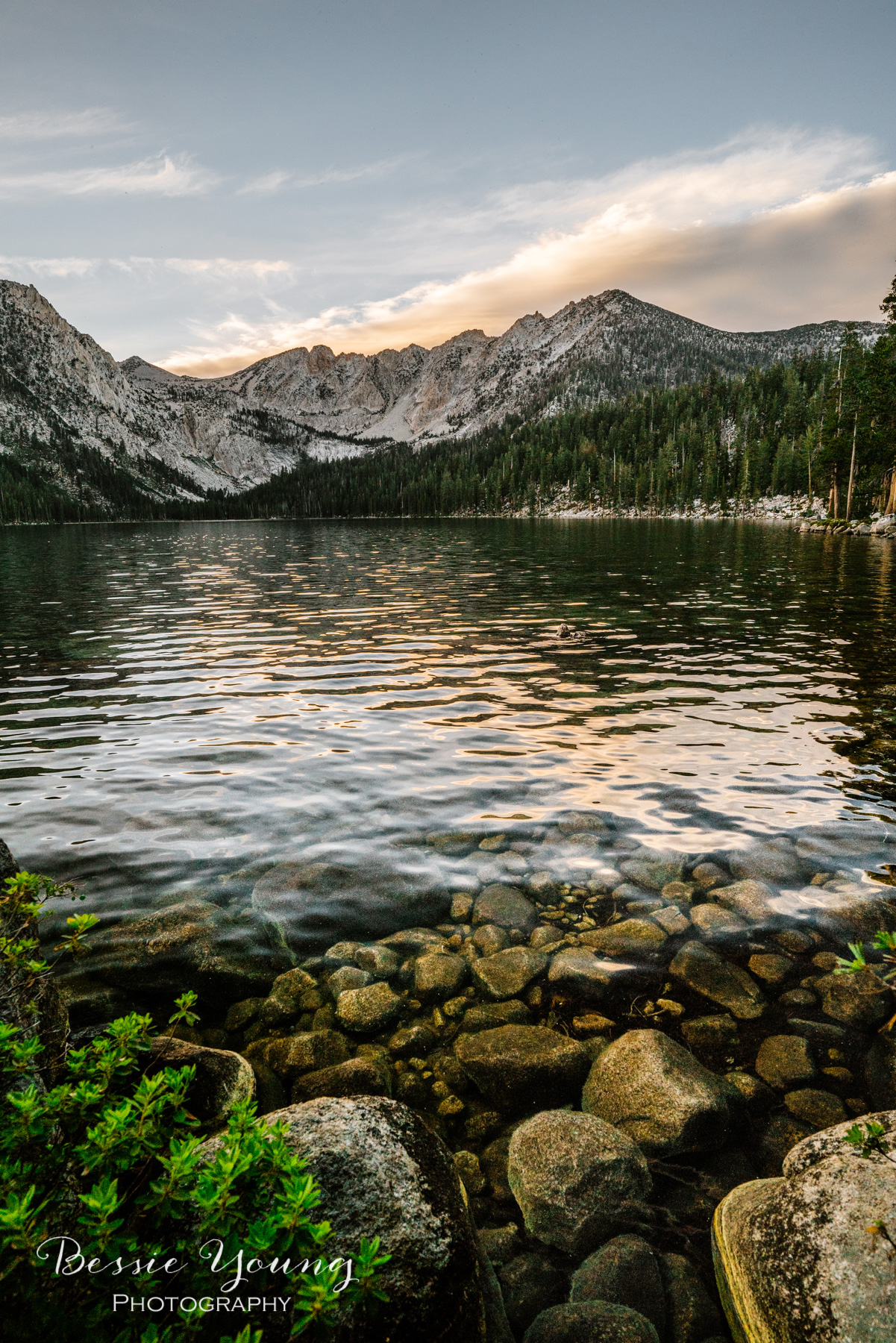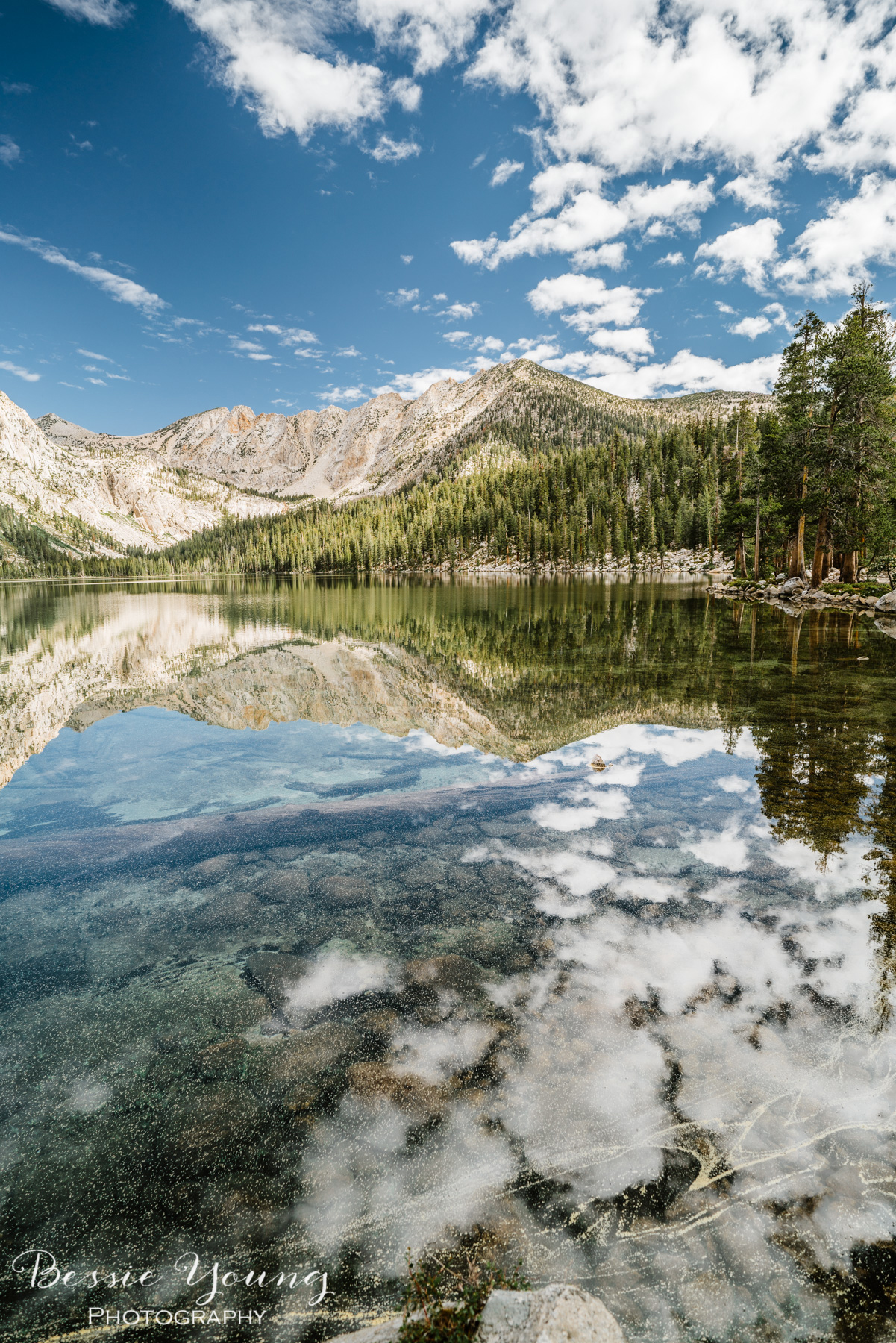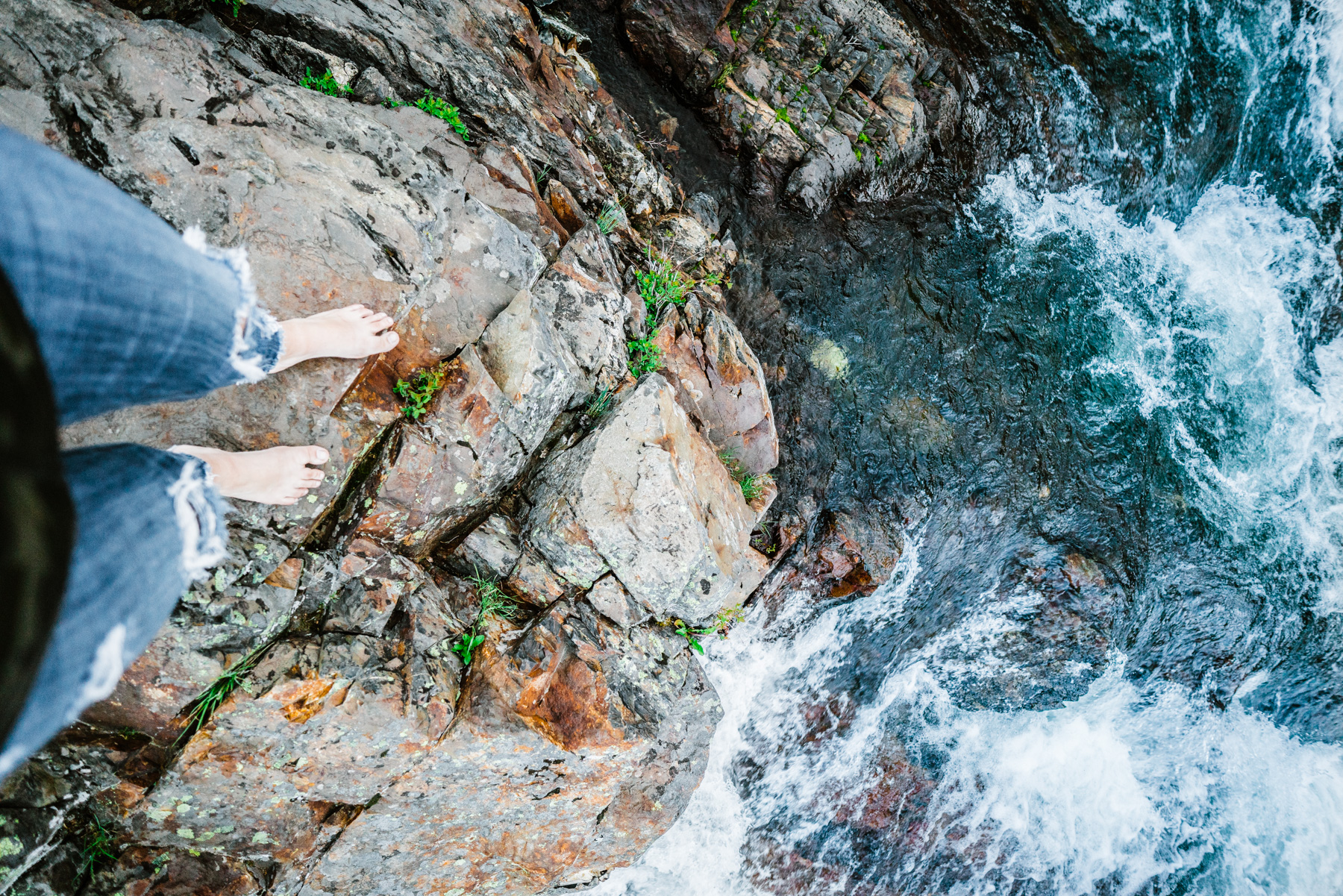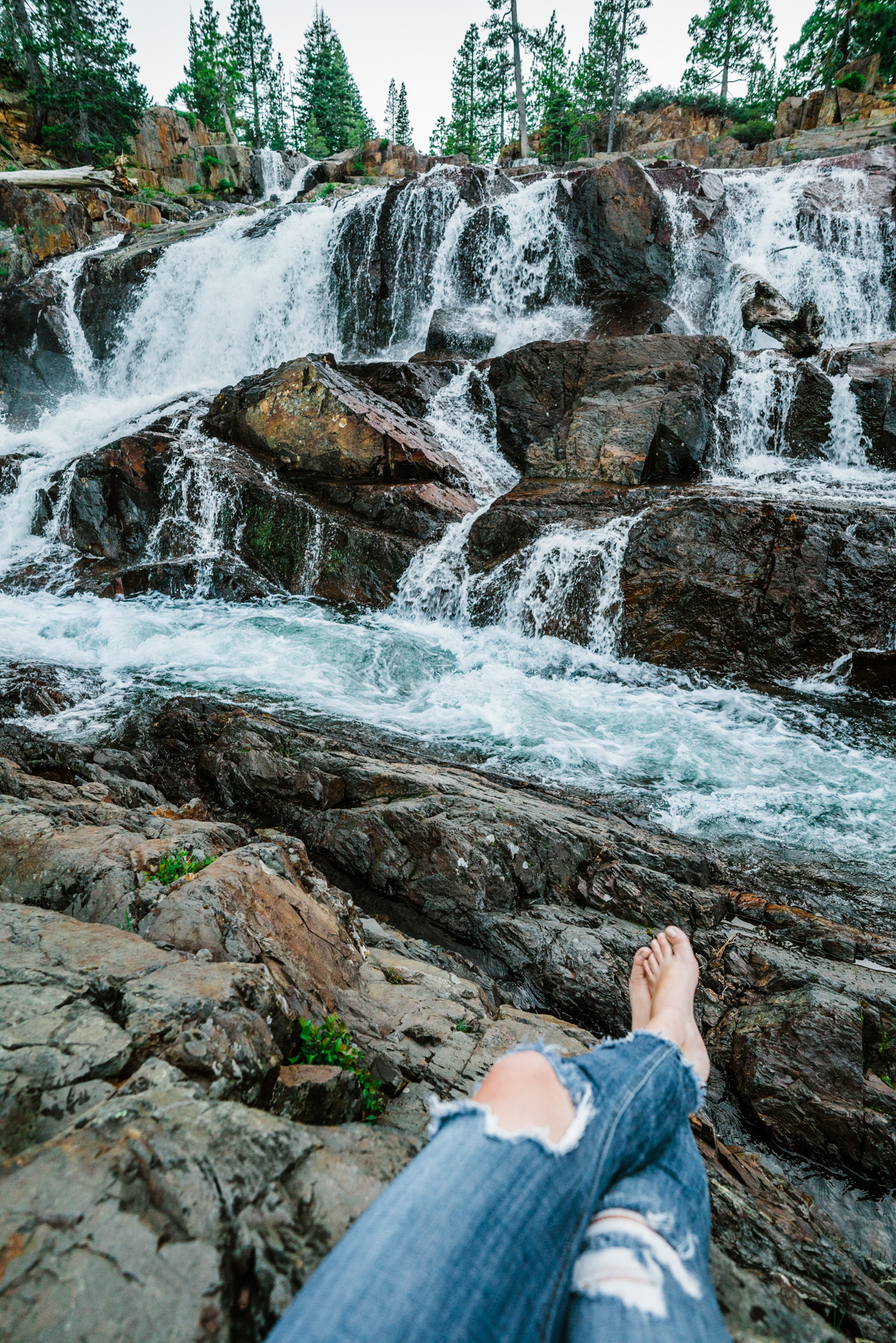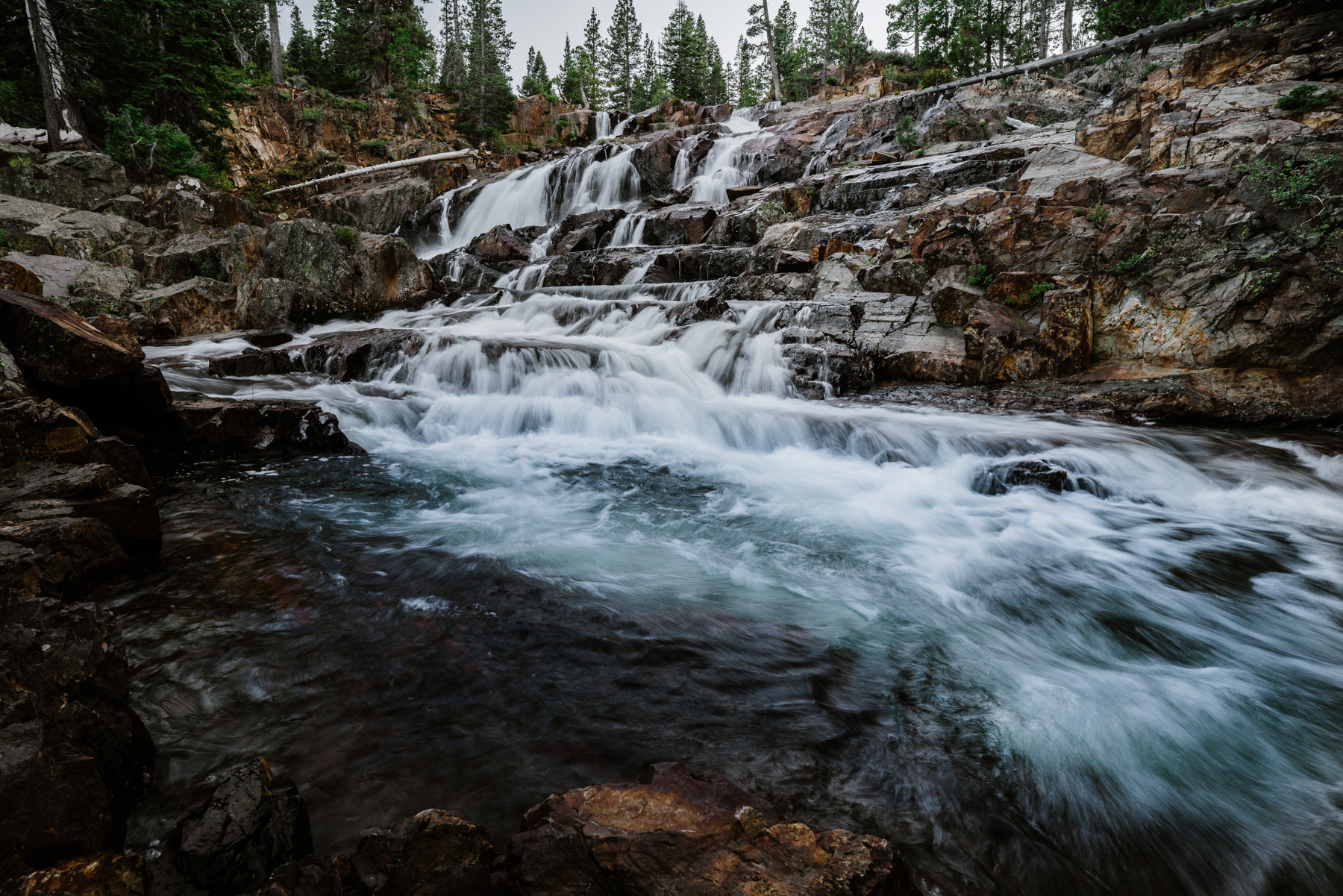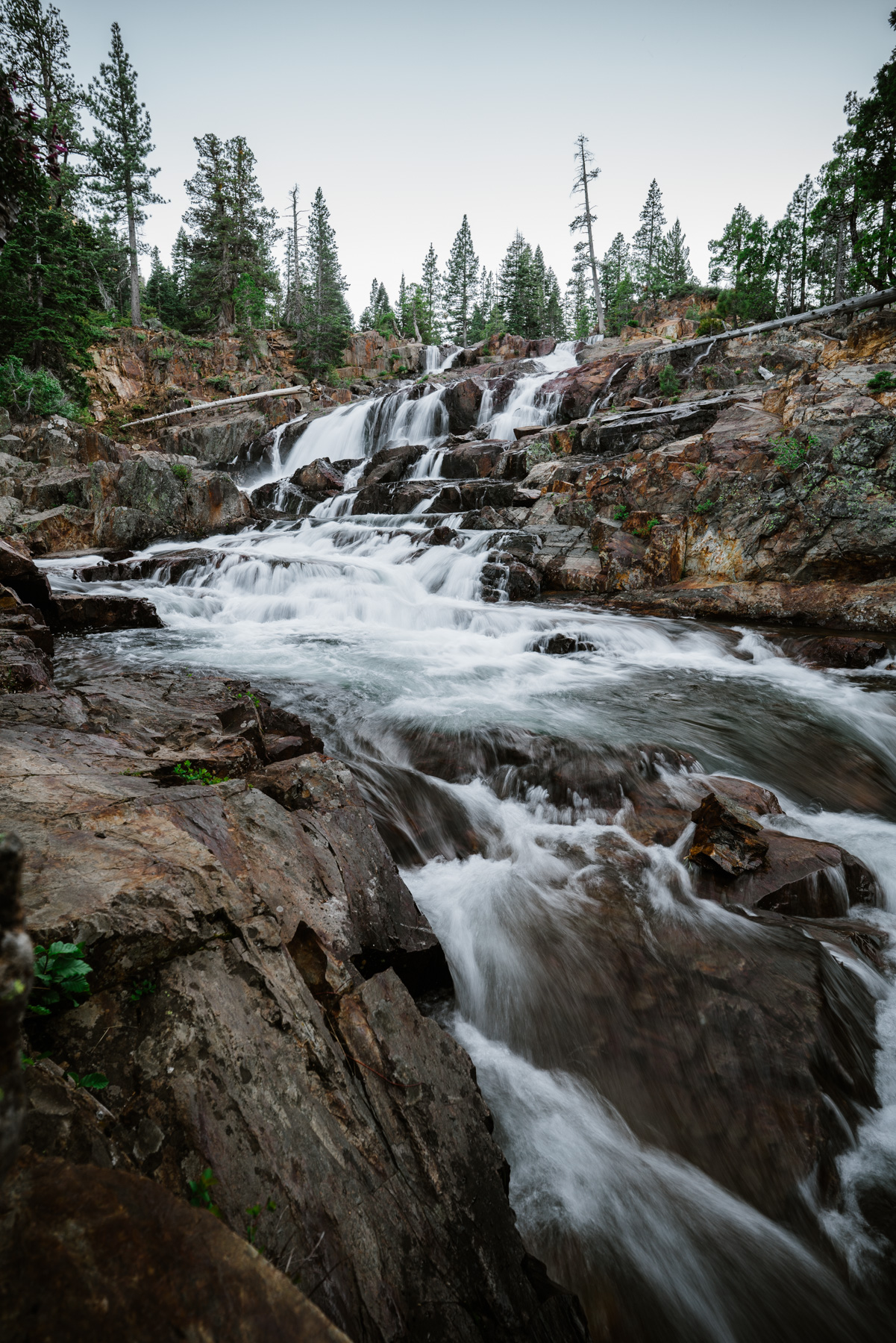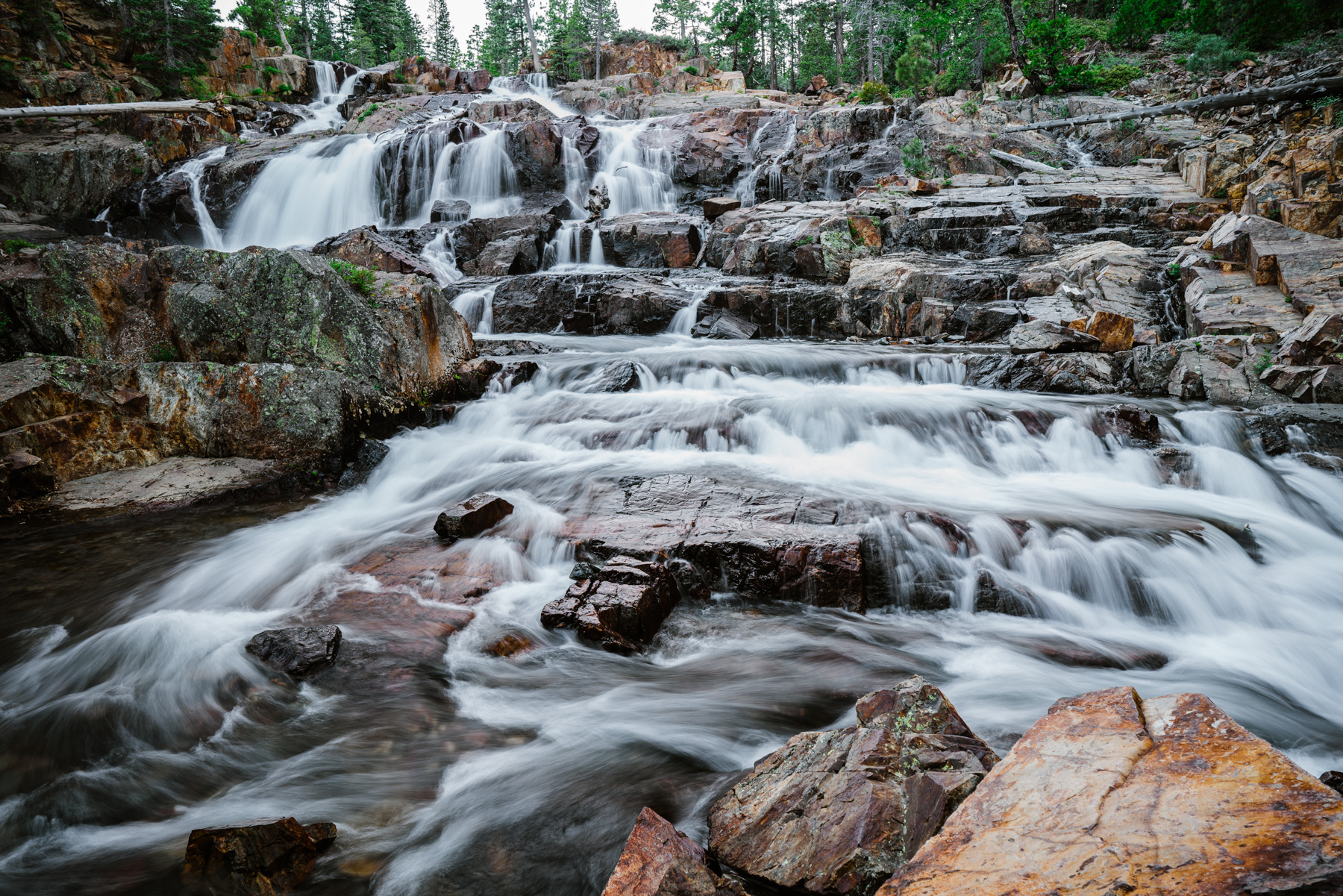Learning digital photography can be super intimidating especially with all the terms! There are so many dang terms out there that it can be crazy overwhelming.
Understanding the terms and lingo is crucial to be able to learn and grow your skills as a beginner photographer . It can take hours to read books, start googling each term, or watch youtube videos. I am here to make it a bit easier and quicker for you!
In this post you will read some of the most common photography terms and their definitions; however, if you want a large list of photography terms and their meanings make sure to download my free guide!
Most Common Photography Terms
Aperature
This is the most common term in photography that you should know. To put it simply, this is the size of the size of the opening in the lens. You can think of the lens as a window. The large windows or wide angles will let in more light. A wide open aperature will let in more light for a brighter image. Aperature is measured in F Stops. The lower the number the wider the aperature meaning the more light it will let in.
Shutter Speed
The shutter is the part of the camera that opens and closes to let light in. The shutter speed is how long the shutter stays open. This is written is seconds or fraction of seconds such as 1” (one second) or 1/200 (1 200th of a second). The longer the shutter stays open the more light that is let it. Note: anything that moves while the shutter is open will become blurry.
Bokeh
Bokeh is created when when light is out of focus in the image. It is that beautiful creamy background that everyone loves. This is created through a wide aperature.
Burst Mode
You can take photos one at a time or you can use burst mode to have the camera take continuous photos as long as you hold down the shutter button, or until the buffer is full. Burst speeds will differ based on your camera. Some are faster than others and are measured in frames per second (fps). This mode is best when shooting something moving. You can get a bunch of photos all at once.
Focal Length
The focal length is shown in millimeters on a lens. This is the distance between the lens and the image it forms on the film. Essentially the focal length is how zoomed in your image is. So an 18mm will be a wider shot that a 35mm. A 70mm will be a much closer shot (or more zoomed in) that a 35mm.
Manual Mode
Manual mode allows the photographer to set the exposure rather than letting the camera make the decisions. In manual mode you will choose the aperature, shutter shutter speed, and ISO. This will allow you to add that artistic effect to your pictures such as bokeh in the background, smooth waterfalls, stars streaking across the sky, and so forth.
Manual may also refer to manual focus where you focus your lens rather than your camera doing it for you.
Long Exposure
A long exposure is an image that has exposed for a long time or has a long shutter speed. This technique is typically in low light and used by landscape photographers.
Hot Shoe
The hot shoe is the slot at the top of the camera for adding accessories such as a flash.
Noise
Noise is the little flecks in an image. Sometimes this is also called grain. The higher the ISO the more noise you will have in your image.
Alright, that was alot of info.
Make sure to check out the free download up above if you want to learn more photography jargon. It is an instant download with loads of terms for you to study and become familiar with :)
Are you just starting out in photography? Well welcome to the tribe! I am so excited for you and have made a couple awesome things to help you along your photography adventure:
Youtube videos full of behind the scenes, tips, tricks, and how I got the shot
Let me know what questions you have by leaving me a comment below :)
Bessie













